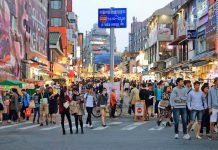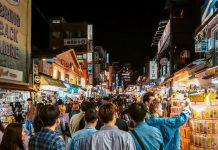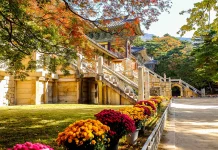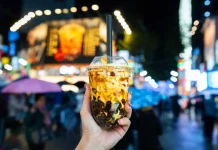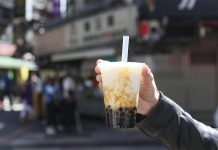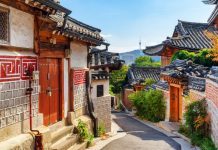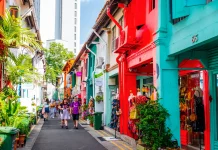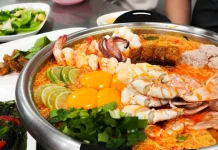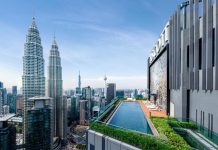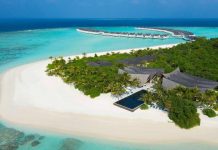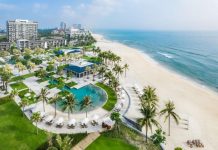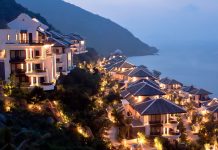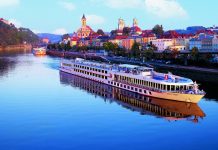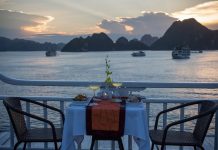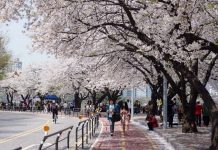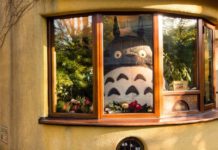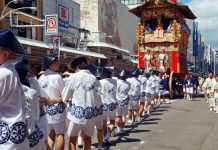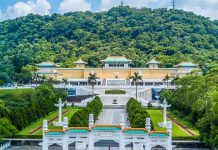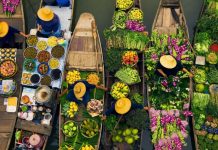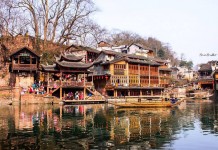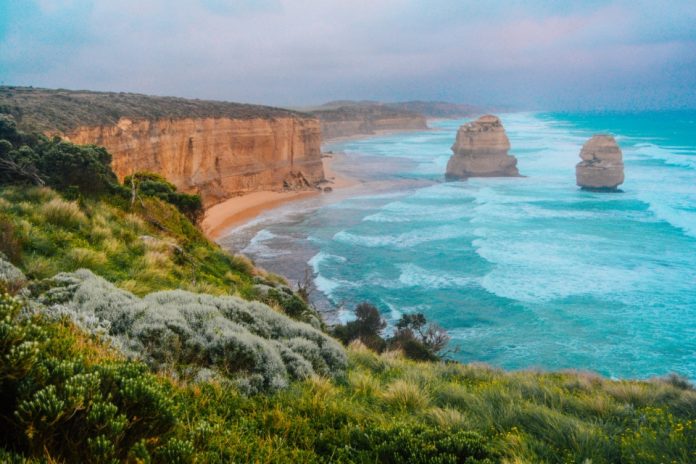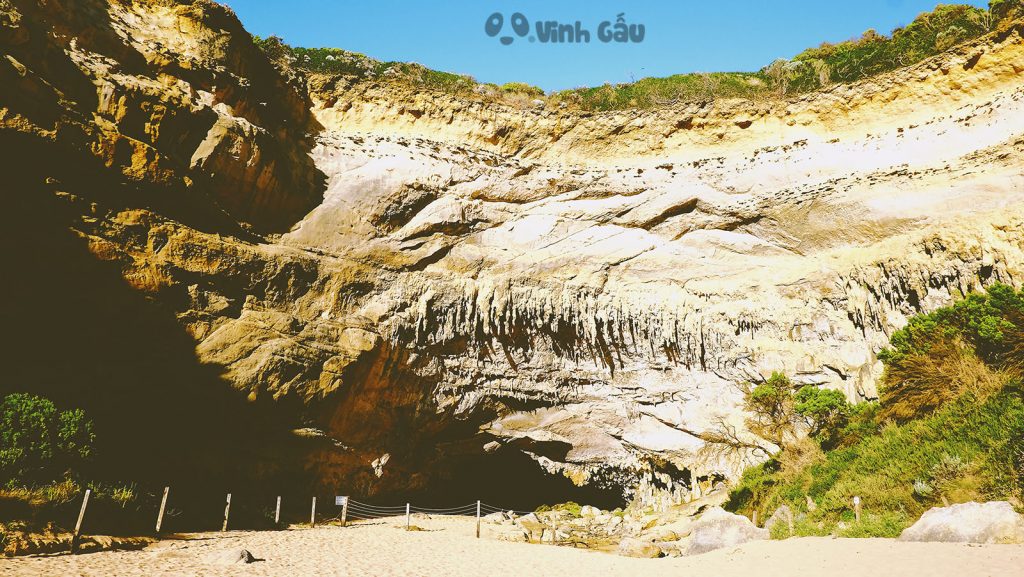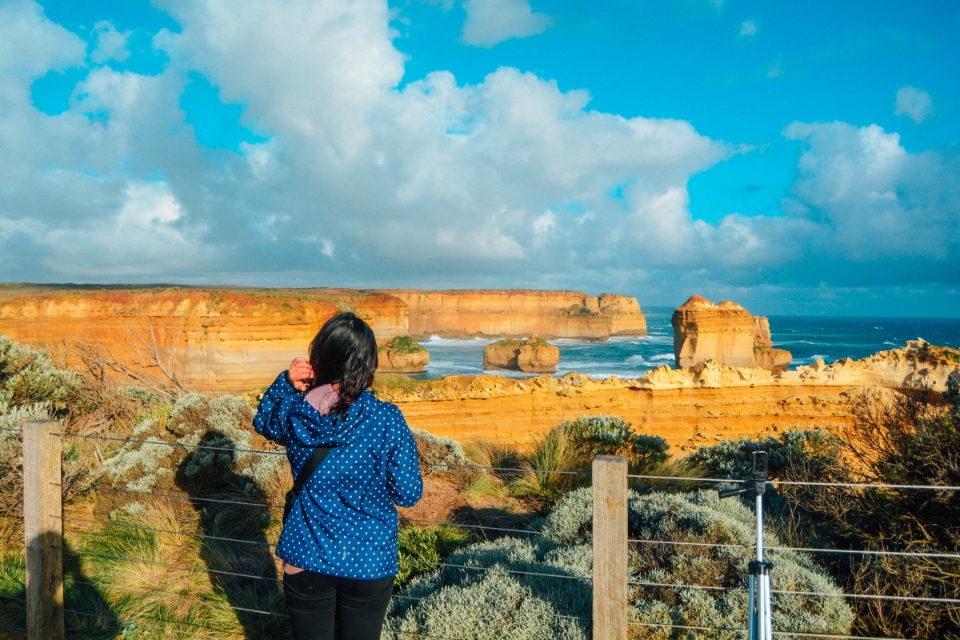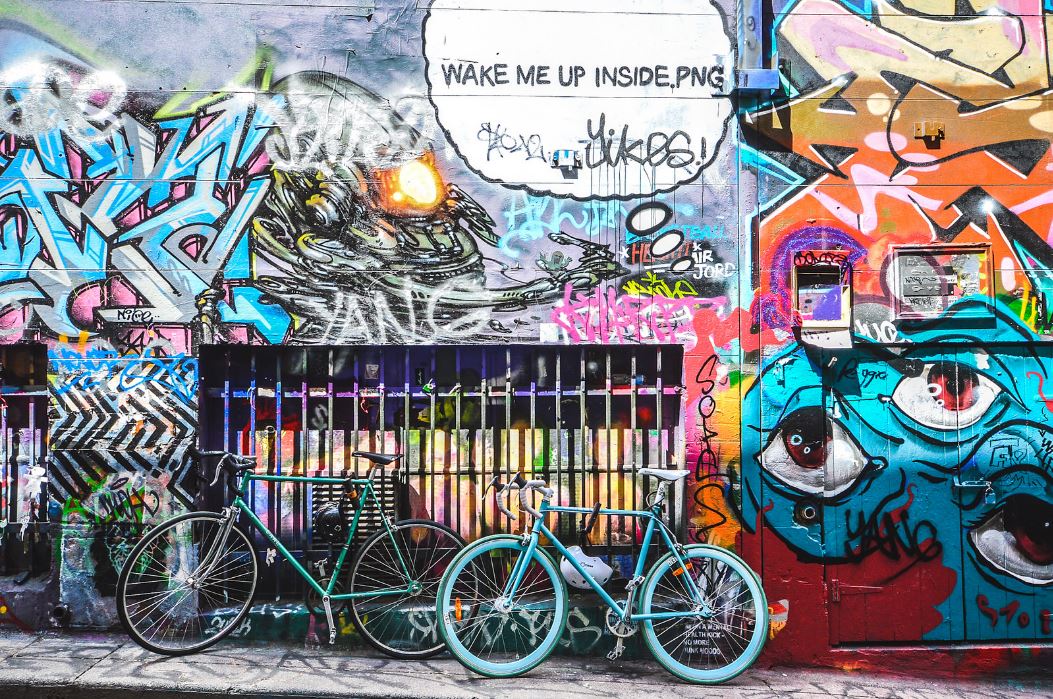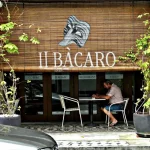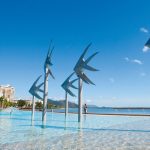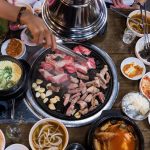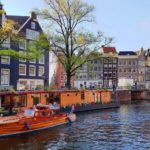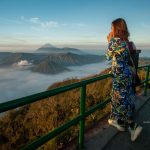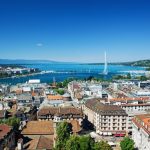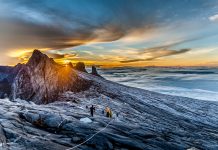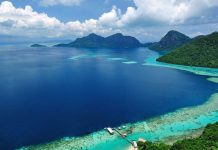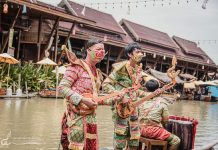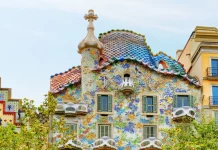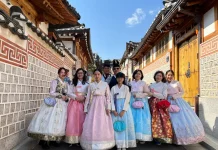If asked what I liked most after more than half a month of traveling to Australia, it would probably be the day I traveled on the Great Ocean Road (considered a National Heritage site of the Land of Kangaroos) and ended with watching the sunset at the Twelve Apostles landscape (12 Apostles of Jesus). For me, nowhere else can there be interesting things and stories like on this route…
- Sydney blog. The latest Sydney guide for all-kind of travelers
- Where to visit in Melbourne? 15+ best places to visit in Melbourne
- Australia itinerary 5 days. Where to go, what to do in Australia for 5 days
- Australia travel itinerary 10 days. How to spend 10 days in Australia?
- Sydney itinerary 6 days. How to spend 6 days in Sydney?
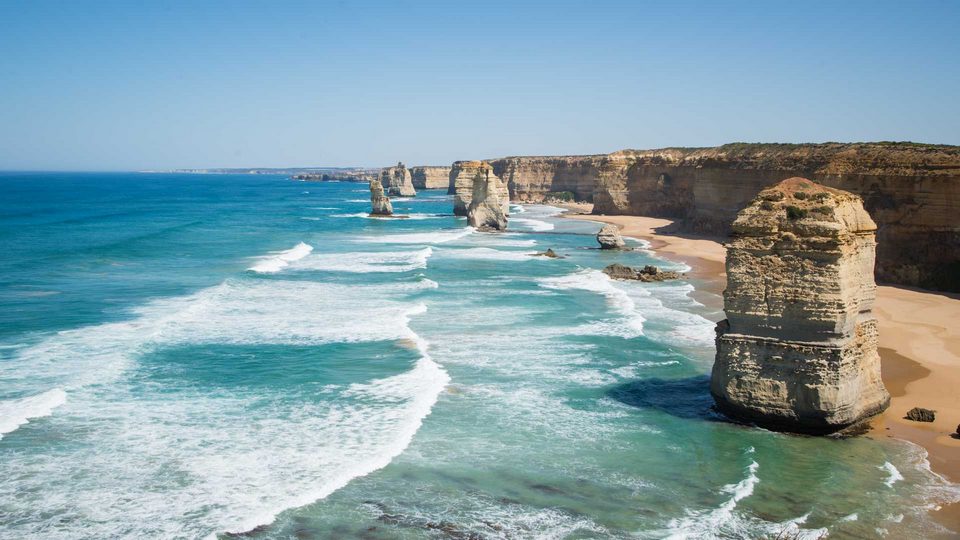
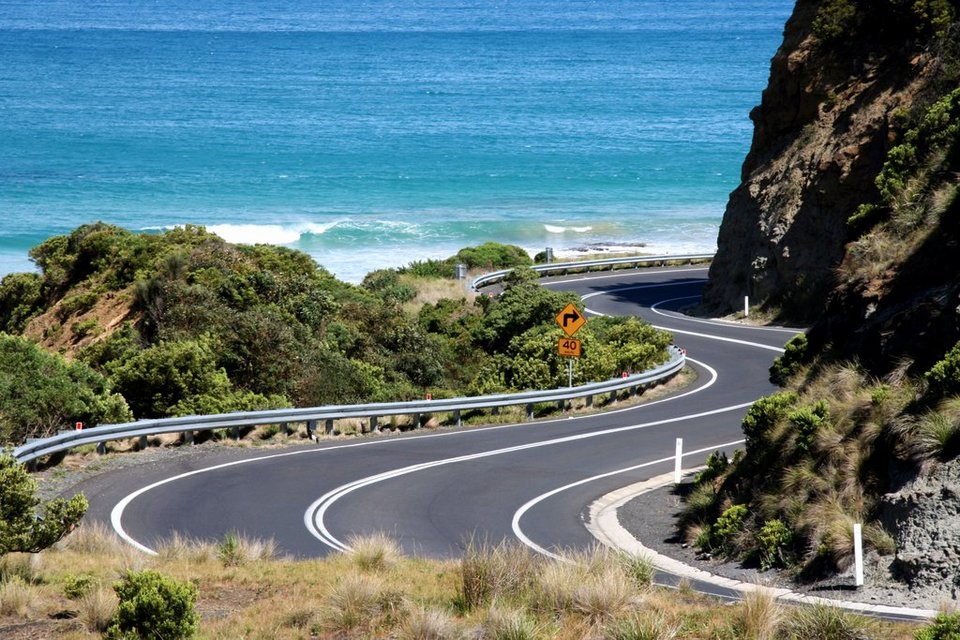
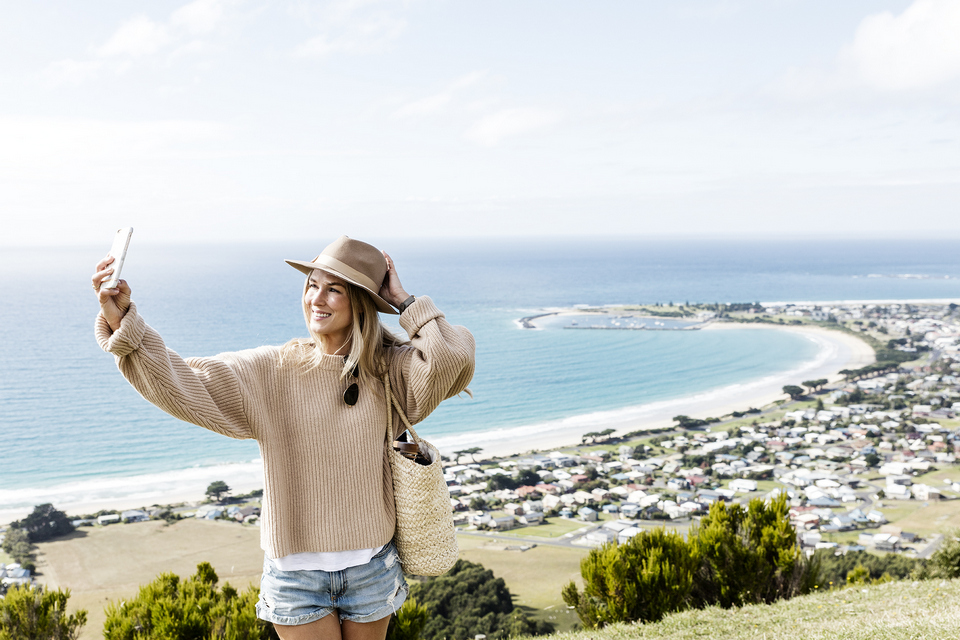
So, what should you not miss on great ocean road, how to visit Great Ocean Road, what to do in Great Ocean Road and how to plan a budget trip to Great Ocean Road for the first-time perfectly? Let’s check out our Great Ocean Road travel blog (Great Ocean Road blog) with the fullest Great Ocean Road travel guide (guide to Great Ocean Road, Great Ocean Road guide) and great ocean road review with top things to do in Great Ocean Road as well as Great Ocean Road itinerary to help you maximize your trip as follows!
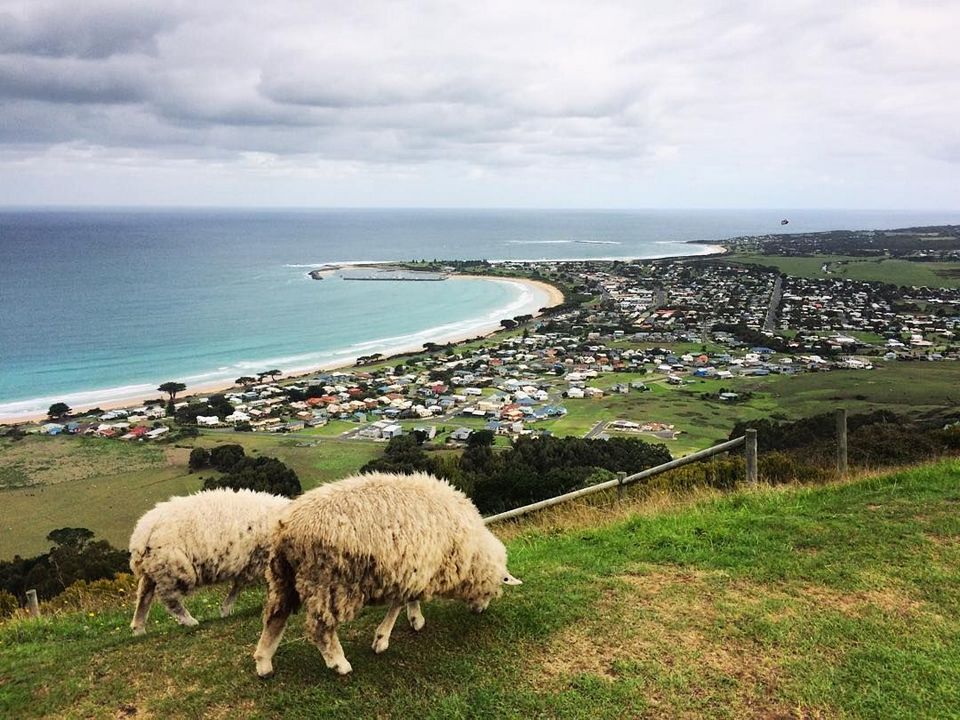

To make it easier to travel and hear many stories about this road, I booked a day tour to explore the Great Ocean Road and watch the sunset on Klook for about USD 82, while if I book directly with the tour operator in Melbourne, it will cost about $120. Booking on Klook is both convenient and cost-effective. This experience is something not to be missed when you visit Melbourne!
History and overview of the Great Ocean Road (# great ocean road blog)
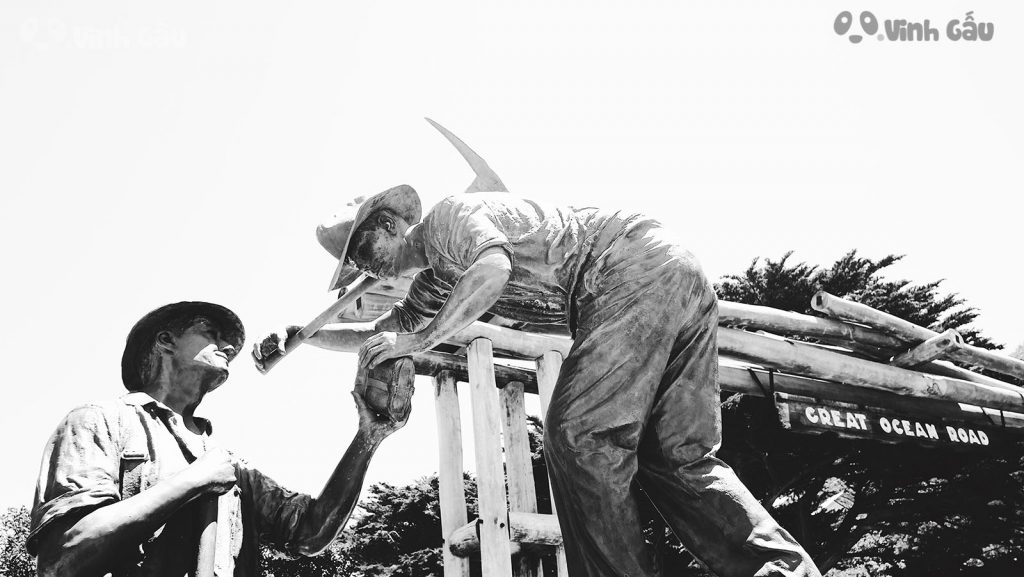
Back in the 1910s, World War I took place on the largest scale in human history when it covered Europe, drawing all European and North American powers into the war. At that time, Australia was still a British colony, so they could not stand aside and had to send soldiers to join the motherland. It wasn’t until November 11, 1918 that the war ended and left more than 19 million people dead – including Australian soldiers.
When the lucky ones who were still alive after the war returned, the Australian government supported and created jobs for more than three thousand veterans by letting them build a road along the southern Australian coastline connecting the two cities of Torquay and Allansford, with a length of about 243 km, expanding over 13 years, from 1919 to 1932.
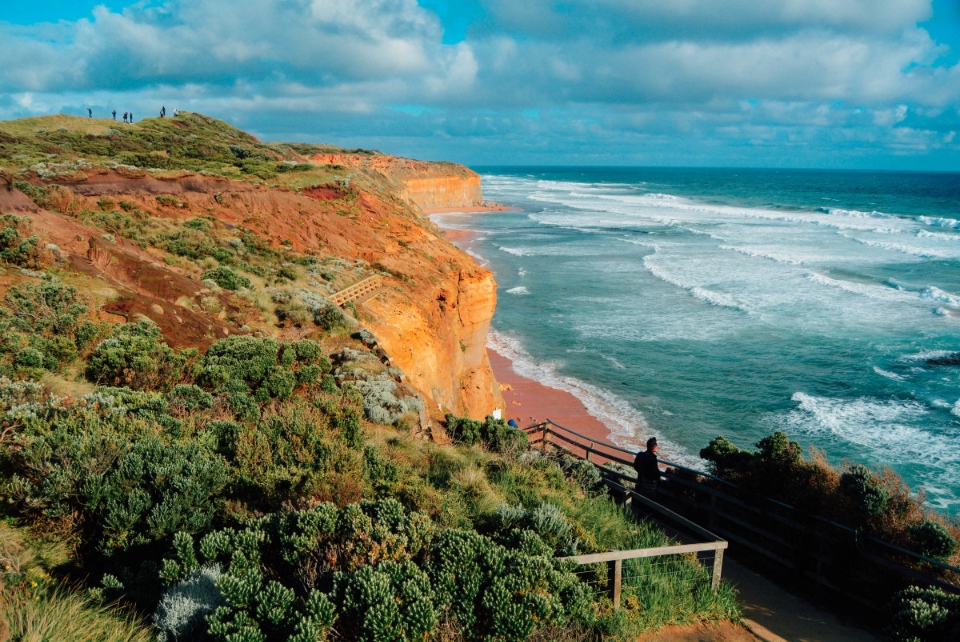
At that time, the veterans were so fed up with loud sounds such as bombs and gunshots that they prefer to do this work with primitive tools such as shovels, axes, wheelbarrows and horse-drawn carts rather than other noisy machinery. The work of building the road was very difficult and they always complained about the hard work and low wages, but from time to time there were boats stranded on beaches near them, in order to return to the sea, they forced to leave part or all of the goods behind, and that was enough to make them happy.
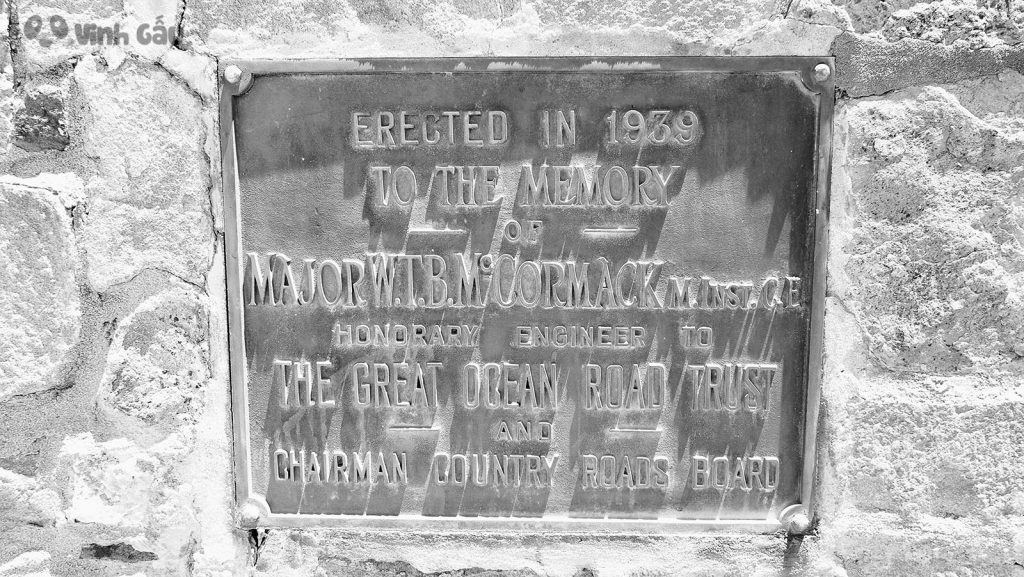
After all, the Great Ocean Road was also completed, becoming the world’s largest War memorial and becoming an attractive destination when coming to the city of Melbourne.
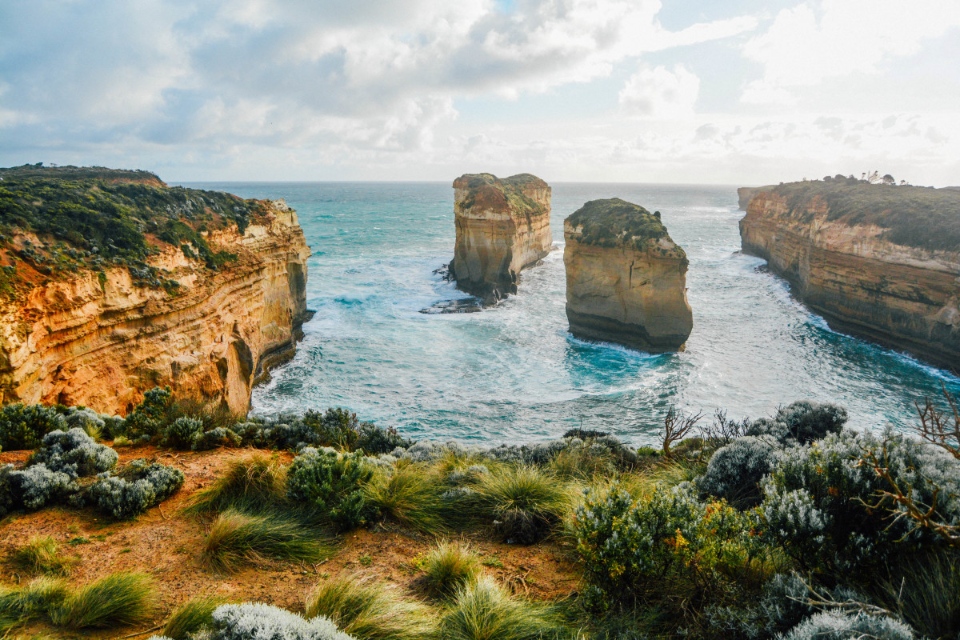
Great Ocean Road Sunset Tour from Melbourne
Road to the Great Ocean Road and beautiful coastal towns (# great ocean road travel blog)
After only about an hour of driving on the Monash highway connecting the economic center of Melbourne city (Melbourne CBD) with the coastal cities of the East and South of Australia, I passed through the Municipality of Geelong – a place once considered The capital of Victoria state replaced Melbourne because of its rapid development during the Gold Rush of the 1850s. Then came the town of Torquay – the starting point of the Great Ocean Road.
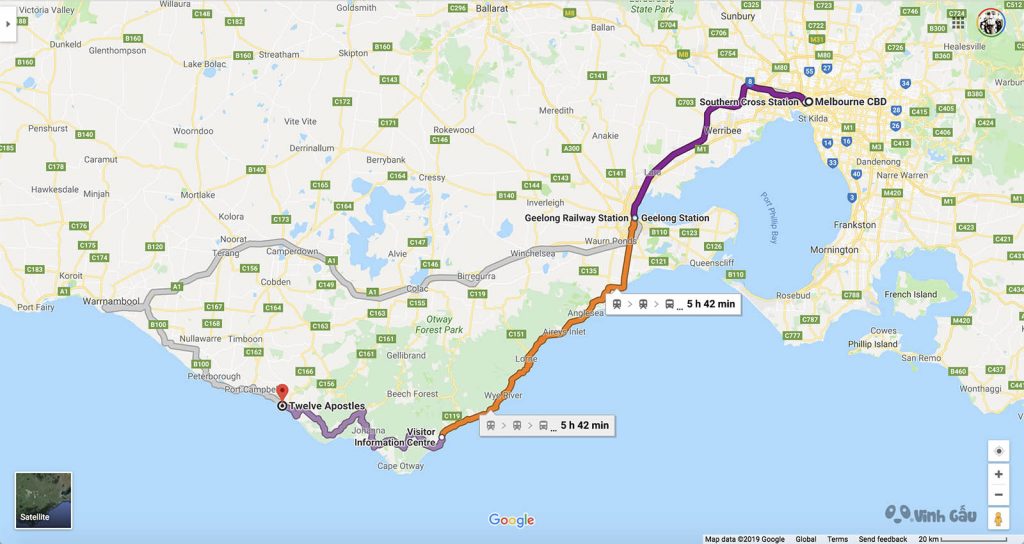
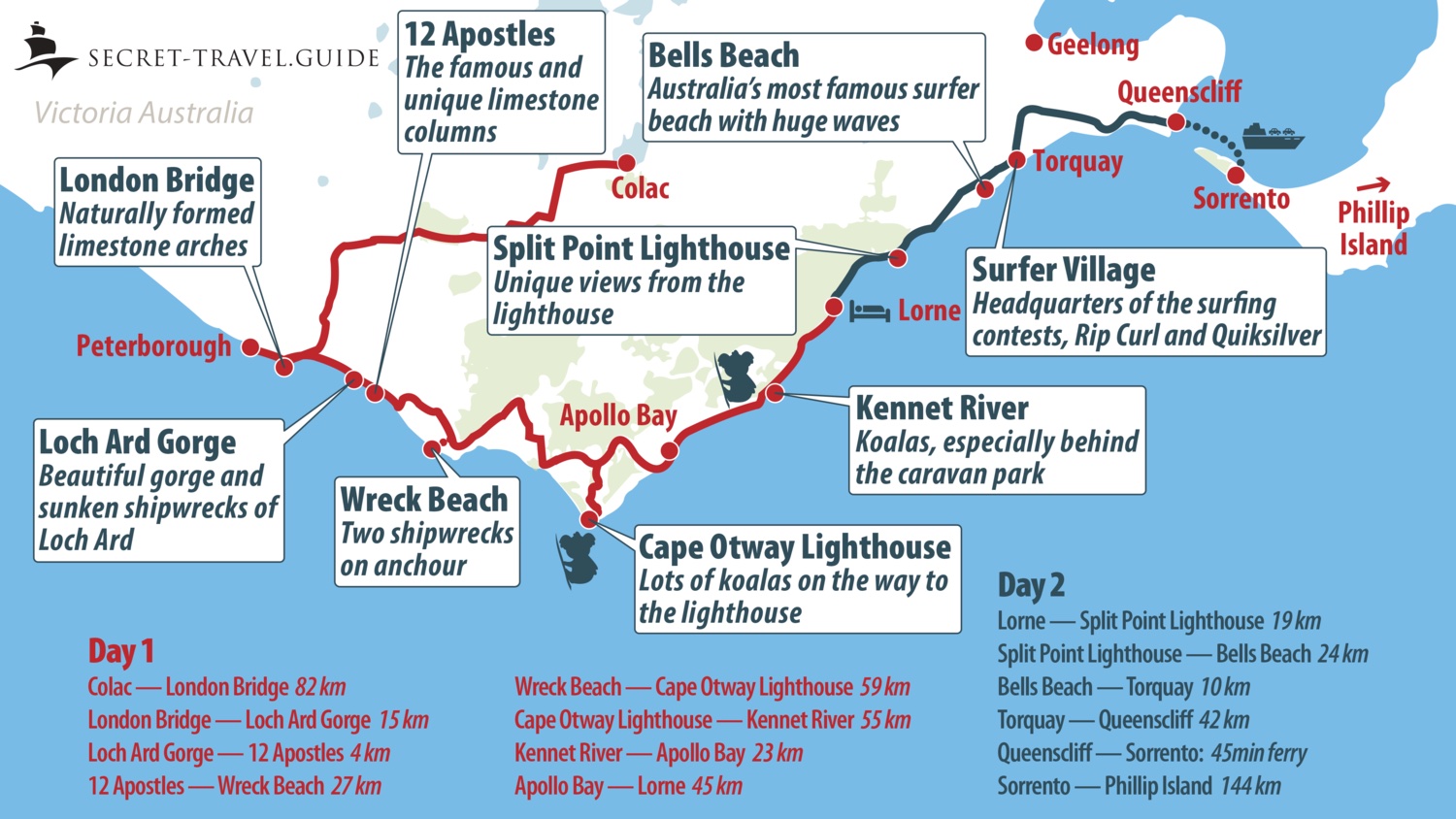
This town of Torquay is famous for surfing enthusiasts with famous beaches such as Bells, Point Impossible and Southside. And this is also where many world-famous surfing competitions take place, so it’s no wonder that RipCurl – a world-famous beachwear and surfwear brand – has their headquarters in Torquay.
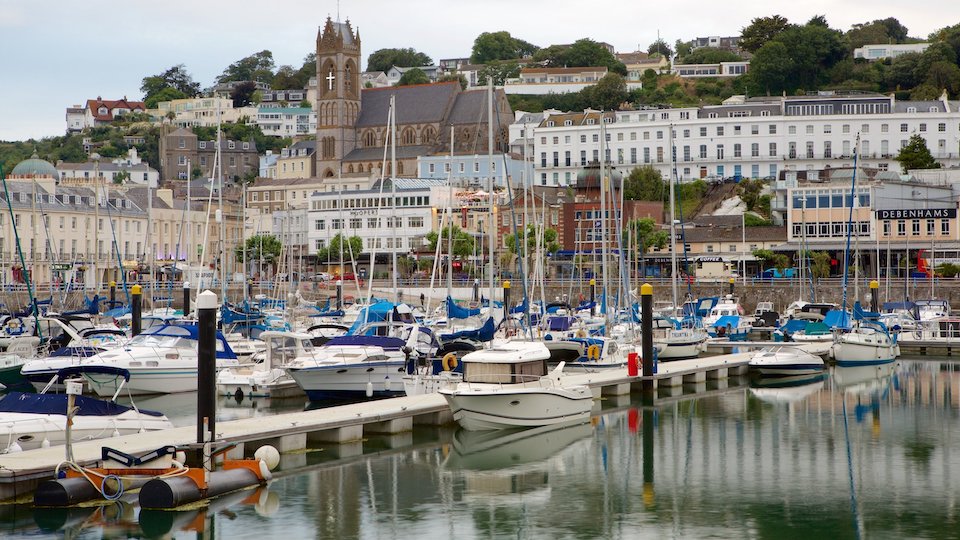
Driving for about forty more minutes, I arrived at the town of Anglesea, a quiet town located next to the peaceful Anglesea river, suitable for the whole family to vacation and famous for its boating. Initially, this place was called Swampy Creek, until 1885 when it was renamed to the name of a small island in Wales (England).
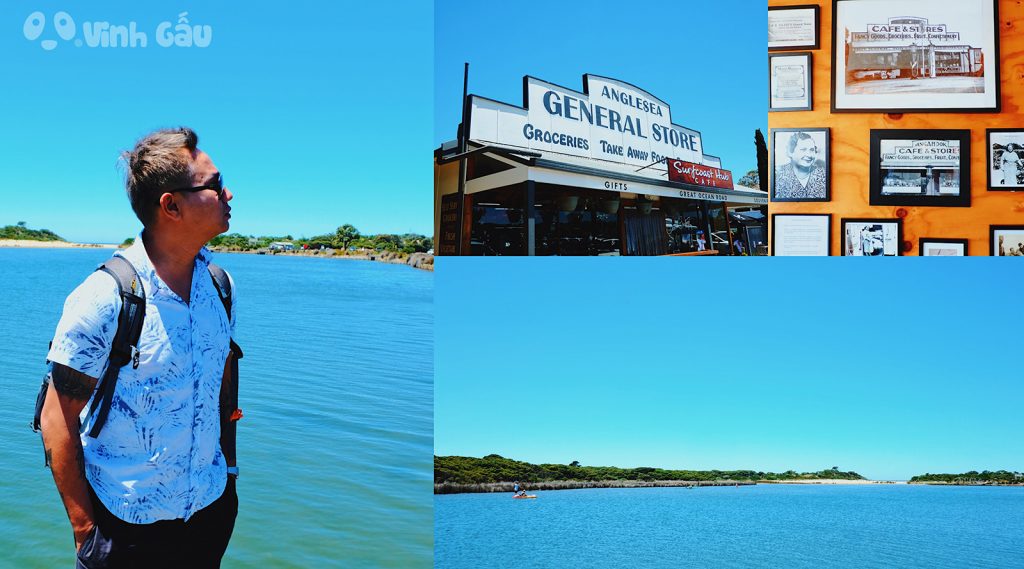
Leaving Anglesea after enjoying a delicious cup of coffee with a sandwich at the old Anglesea General Store, I continued to the Great Ocean Road Memorial Gate located at Eastern View.
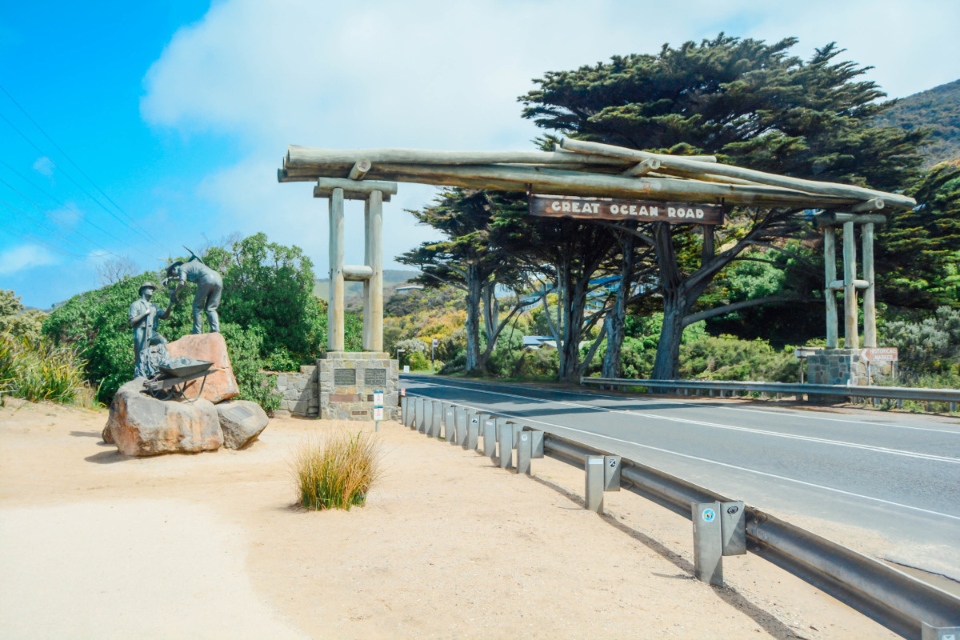
The first gate was erected in 1939, then about 33 years later, this road was expanded so the gate was also replaced to be more suitable. And in 1983, there was a forest fire that burned down this gate. Only the sign was saved when it fell down. If you look closely, you can still see a burned corner of the sign hanging at the current gate.
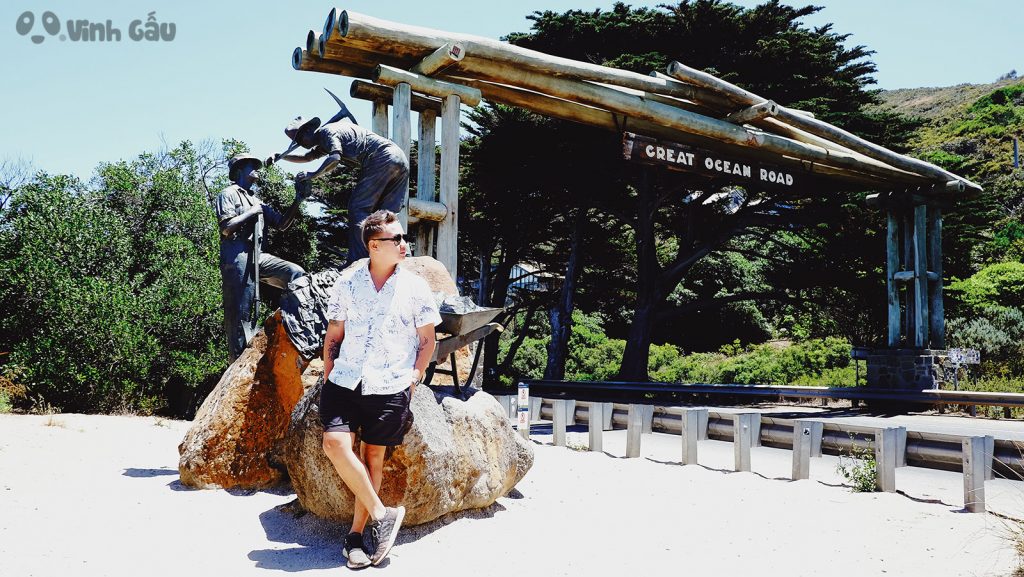
After stopping here to take a few photos to “check-in”, I continued on my way to enjoy the beauty of this road. My next stop is the town of Lorne – where I will stop for lunch.
Lorne is probably the most crowded and bustling town on the Great Ocean Road. Along the road in Lorne are cafes, restaurants, pubs,… always bustling with people coming in and out. In general, I see that there are mostly young people here, who can always dance to the music coming from the nearby pubs. Naturally, I felt full of energy when I was there.
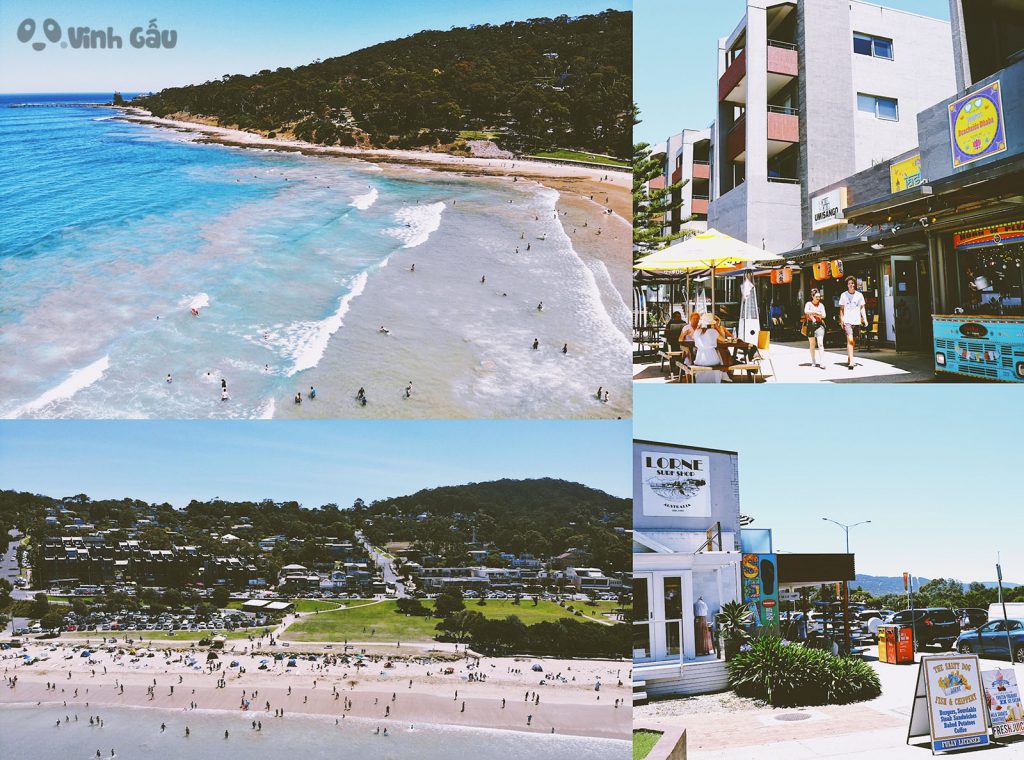
With such characteristics, Lorne became the place for a major sporting event called “The Pier to the Pub” – roughly, from the beach to the pub. This is a swimming competition from the pier, going around obstacles to swim to the beach, then running into any pub to drink a full mug of beer to complete the entire competition. Because of free beer, every time it is held, the event always attracts a huge crowd to become the largest swimming competition in the world.
After lunch, I continued my journey to the next stop, Kennet River, which is considered a paradise for birds and other animals.
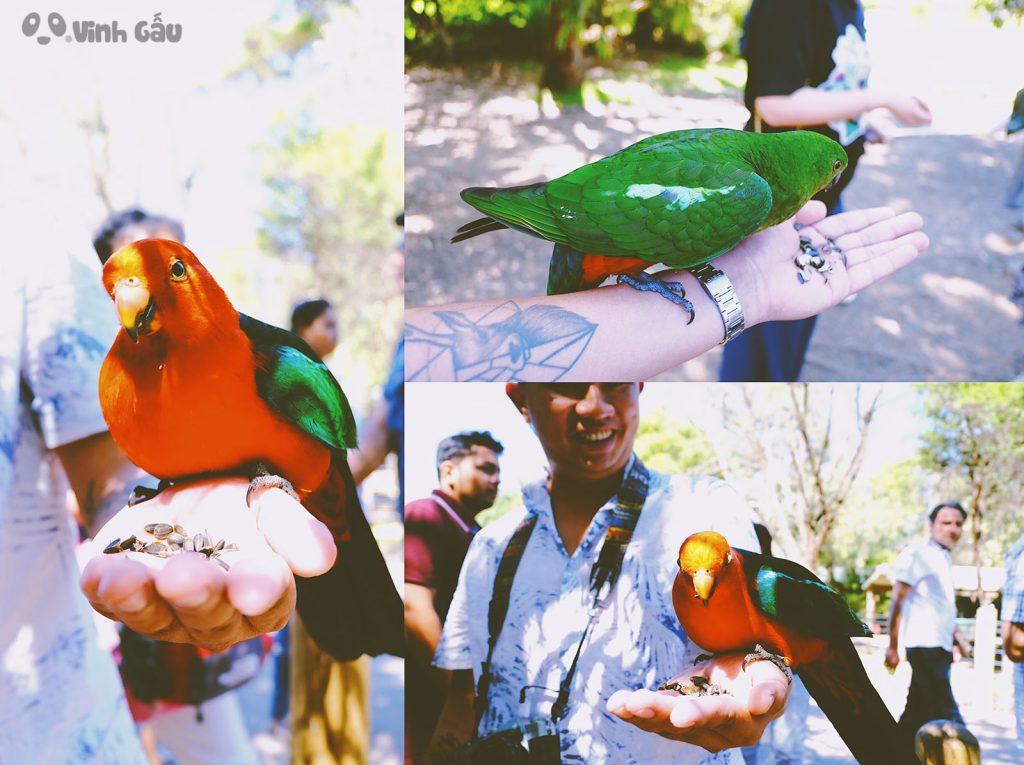
And what I like most here is luring colorful parrots to land on my hand with small seeds and being able to see the Koala with my own eyes – one of the animals only found in Australia. Ah, but Koala is not a type of bear, there is a song called “Don’t call me a Koala bear” just to explain why Koala is not one of the bears. Types of Bears. Because the Koala is a marsupial and there is no other species of bear that has a marsupial like the Koala. It’s just that simple.
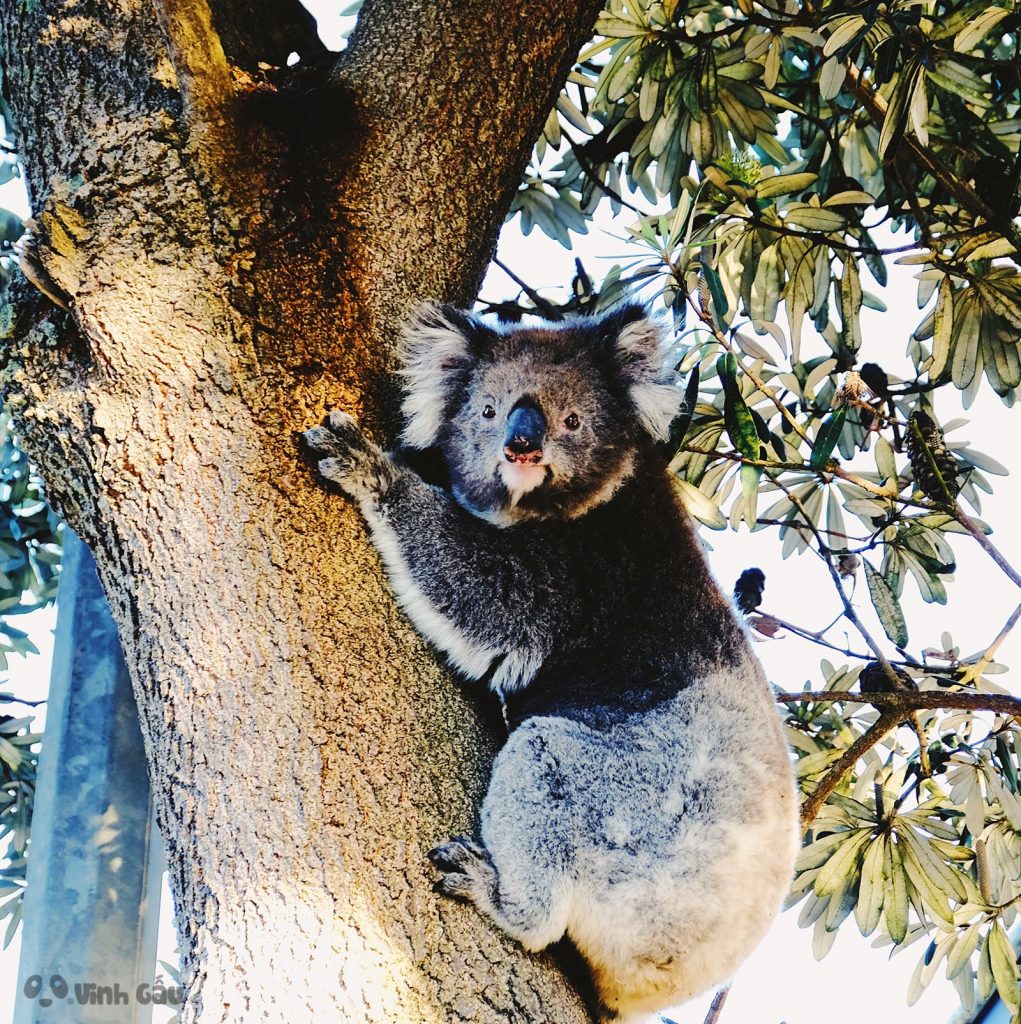
Koala lives healthily and is very lazy. Every day Koalas spend most of their time sleeping, sometimes sleeping up to 19-20 hours a day. Every time it wakes up it goes looking for food. Koala’s favorite food is eucalyptus leaves because this type contains very little sugar so it has very little energy, so they don’t need to do anything, just eat and sleep. If you stand below and look at Koalas, it’s like watching a super slow-motion movie, they do everything slowly, eat slowly, walk slowly, climb trees slowly. But they look so cute. Unfortunately, currently the number of Koalas has been decreasing because their habitat is being gradually destroyed. Therefore, the Australian government has listed Koalas in need of conservation.
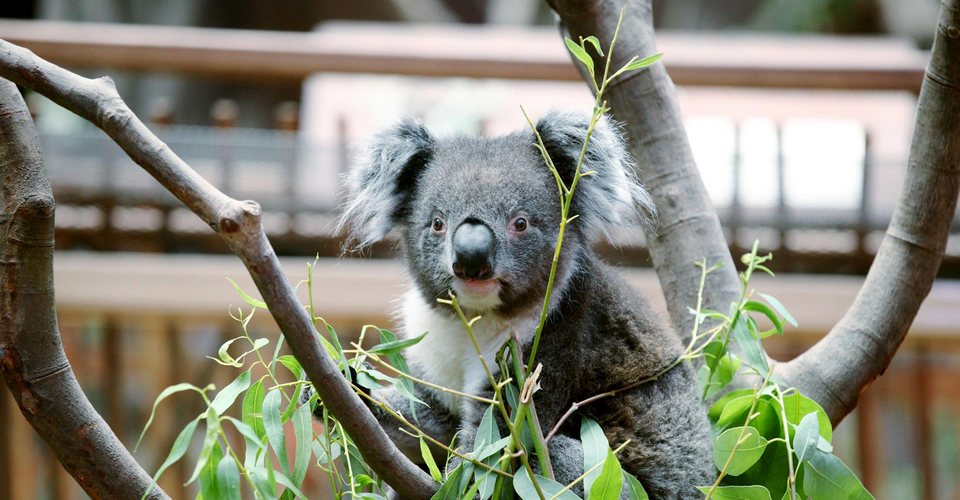
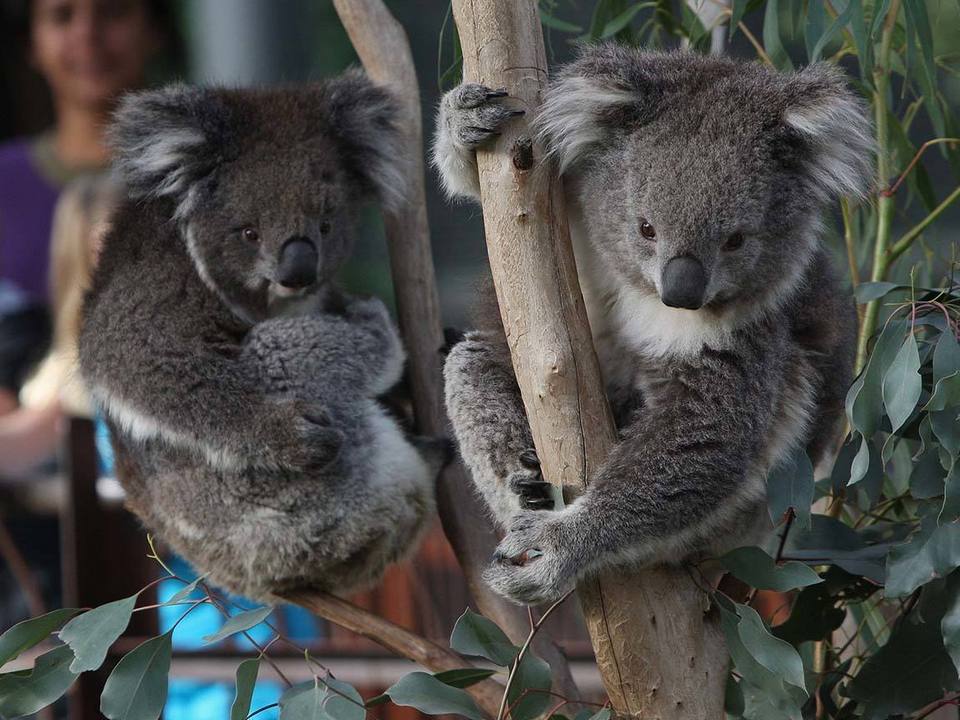
After playing with the Koala and the parrots, I continued on my way. I passed by the town of Apollo Bay, which used to be a boring fishing village and has now become a place that attracts older people to relax and retire, so it’s easy to see that life here is quite slow. Just for fun, if a family comes from Melbourne, their children will go to Lorne to play, their parents will go down to Apollo Bay to rest, then when they return they will go back to pick up their children. Same road but many options for many subjects.
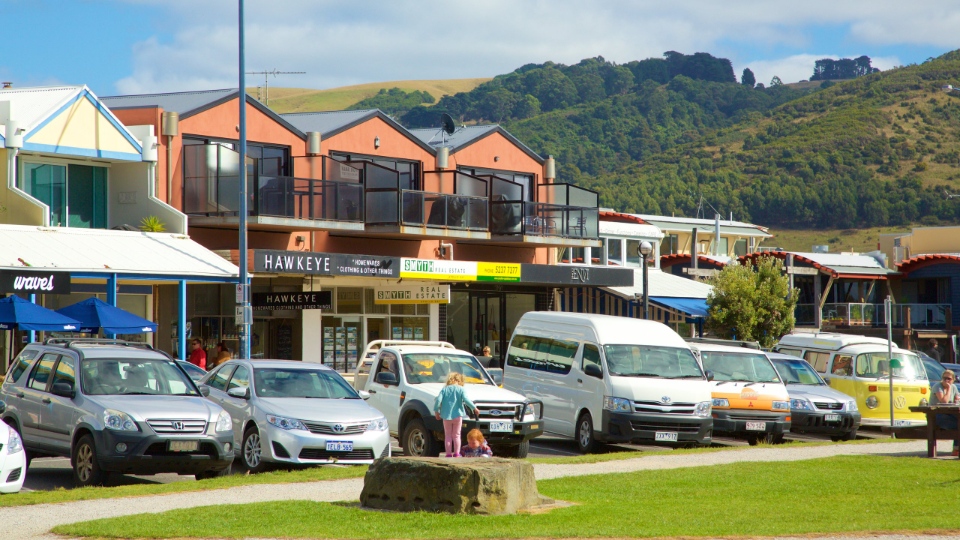
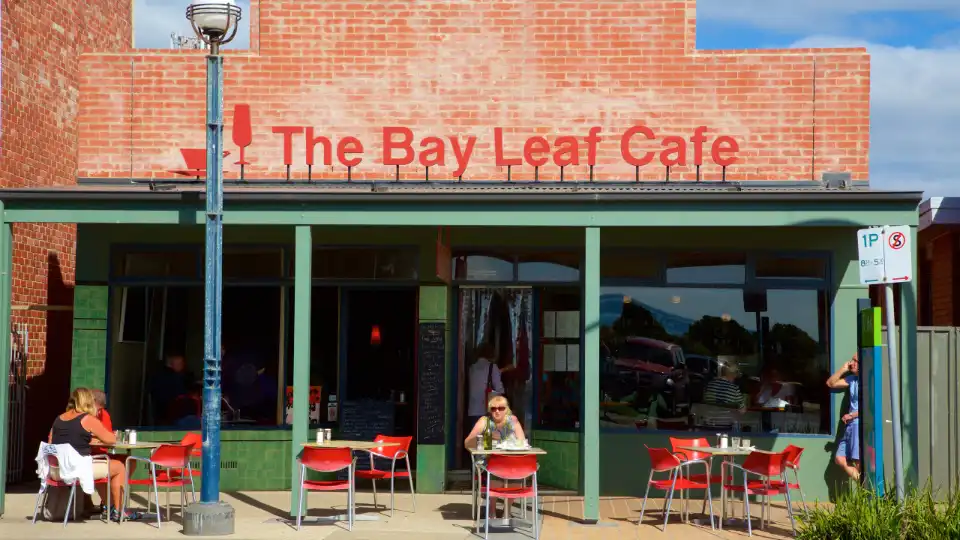
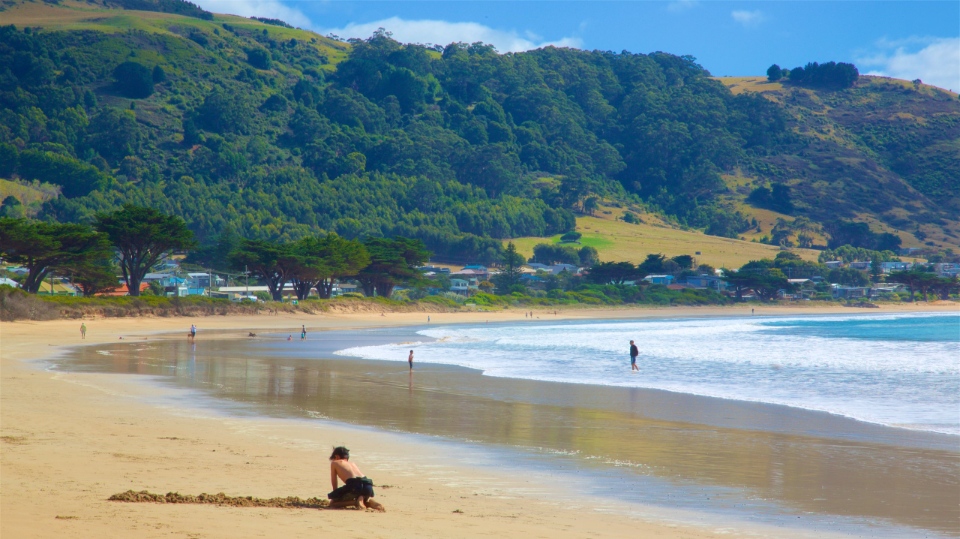
Great Ocean Road Sunset Tour from Melbourne
While running along the Great Ocean Road, the surrounding space began to change a bit. Instead of the mountainside seascapes, there were now only layers of tall, straight trees on both sides of the road. Opening Google Maps, I realized that I was running through Great Otway National Park, a collection of mountains that were not too big and were formed 130 million years ago. The Great Ocean Road in this section is located far from the sea because at that time they thought that building a new road on the trail that old loggers had created would be easier and less expensive than building a new road along the coast. And when in the middle of this road, what you can see is a beautiful green color, so this area is also called Green Coast.
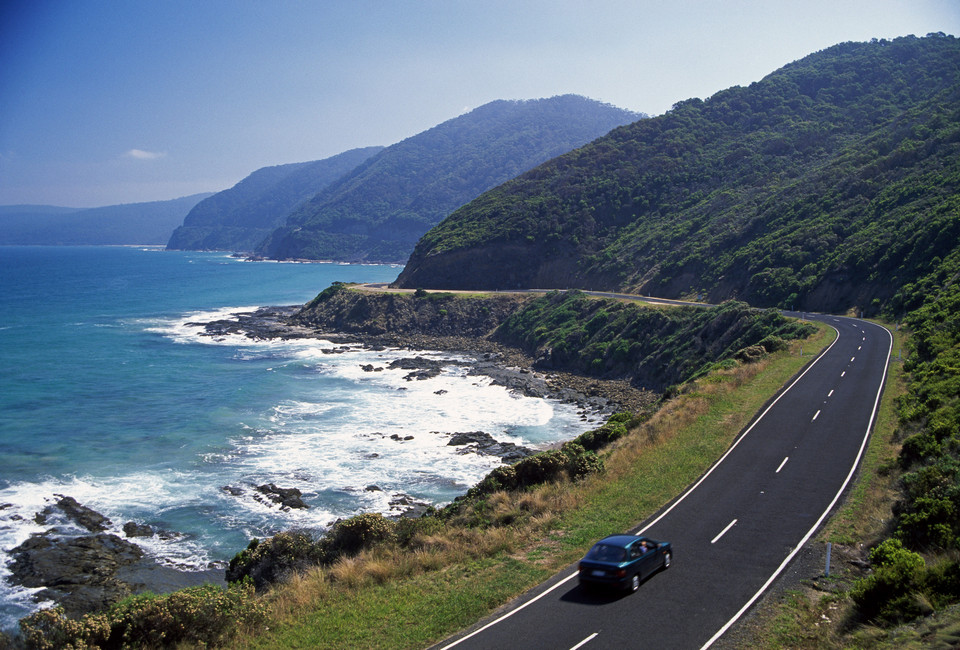
Sunken ships and the 12 Apostles (# great ocean road itinerary)
The closer you get to the end of the legendary Great Ocean Road, the more surprisingly beautiful natural landscapes there are, especially the limestone rocks on the coast named Twelve Apostles – 12 Apostles. However, at this time it is still a bit sunny so I will spend this point for watching the sunset because the sunset at Twelve Apostles is known as the most beautiful sunset place in Melbourne.
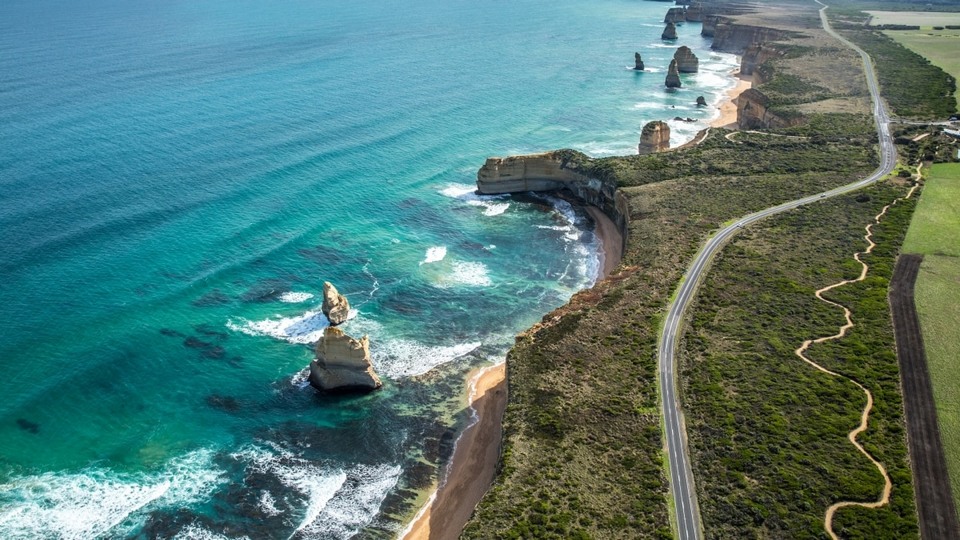
Going straight on this road, I came to the “graveyard” of about 80 sunken boats with hundreds of deaths in Port Campbell National Park. This national park was established in 1964 to protect about 32 km of coastline. A characteristic feature of this area is the very high cliffs with beautiful ridges formed by ocean waves continuously crashing tens of millions of years ago. For example, the Gibson Steps area I was standing under, raising my head high to see the majestic height of that limestone wall.
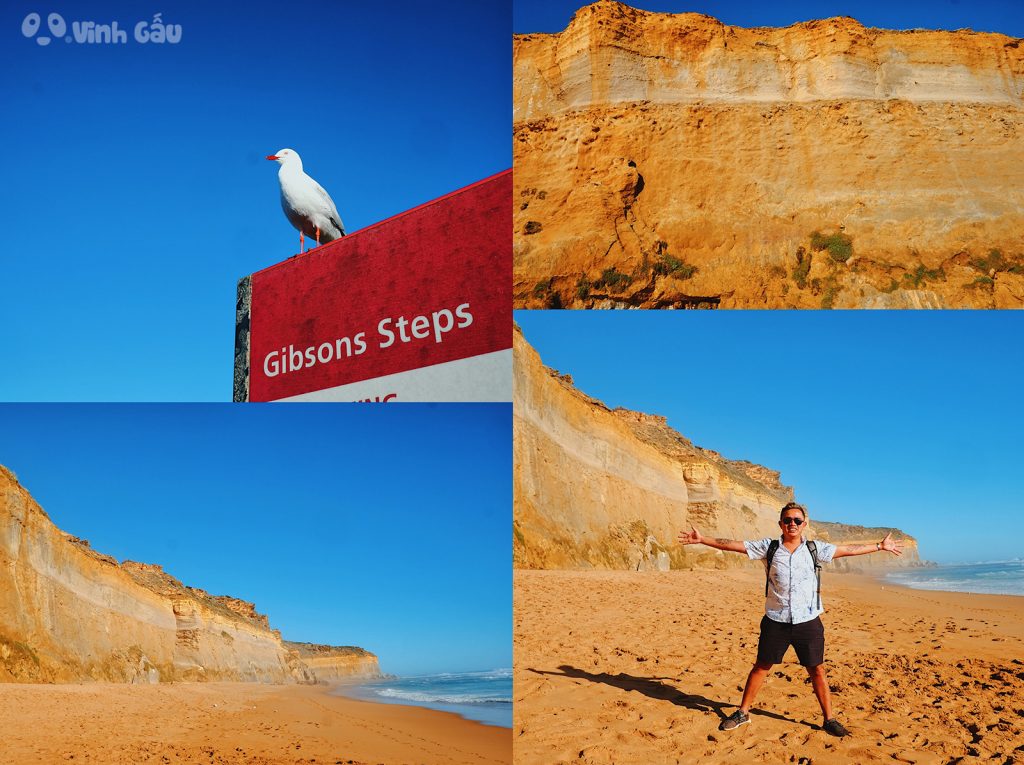
This scenic spot is named after Hugh Gibson, a farmer who lived in this area. He was the one who created the steps from the road down to the beach and clinging to that giant limestone cliff, the purpose was just for him to easily get down to his favorite fishing spot. If you are not afraid of the… slightly high altitude, you can take a few minutes to go down the 86 steps. There are 70 meters vertically. When you go down, you can look horizontally to see part of the 12 Apostles.
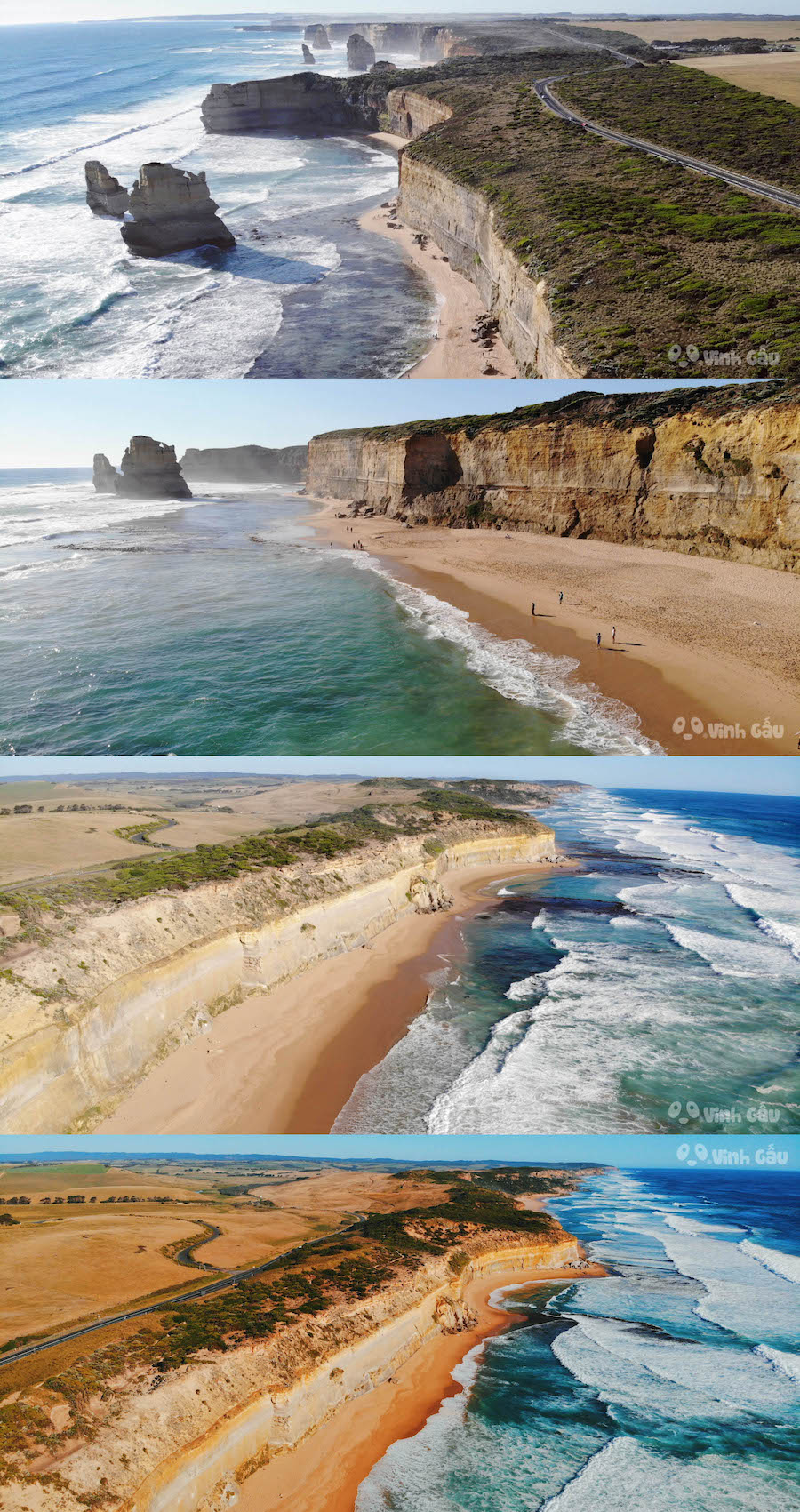
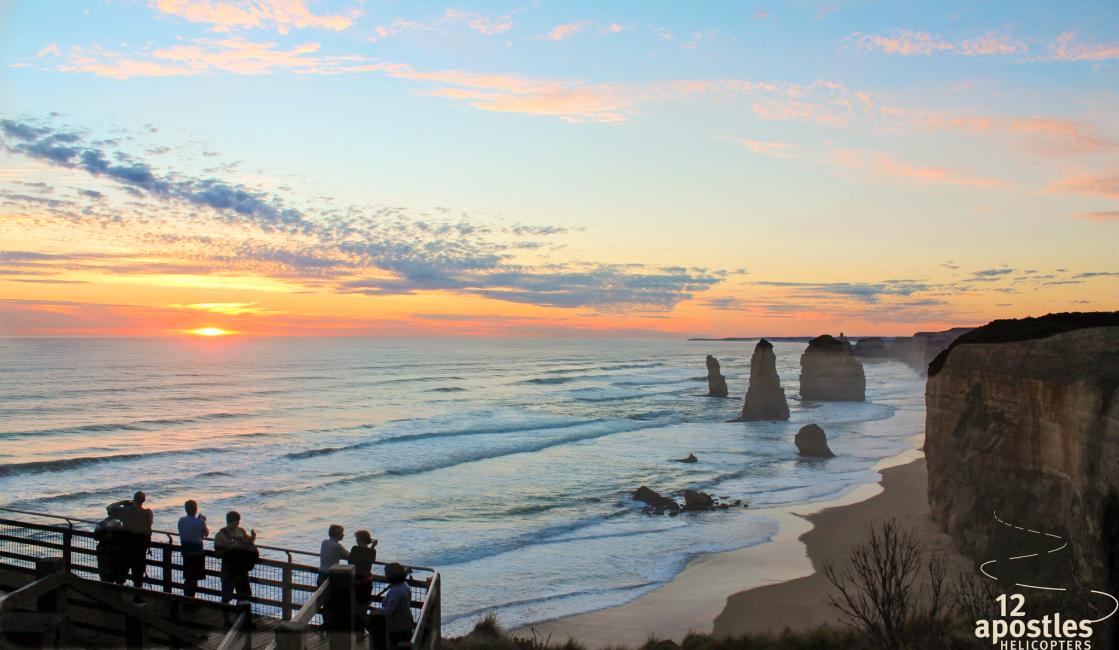
If we look on the surface, we see such beautiful rock pillars, but few people know that behind the sea surface and those waves are dangerous reefs for merchant ship drivers who do not know the sea well here. A typical example is the shipwreck of the ship Loch Ard in 1878. This event was so famous that the name of the ship was named for the estuary here and part of this ship is still sinking in the estuary of Loch Ard. – which is only about a ten-minute drive from Gibson Steps.

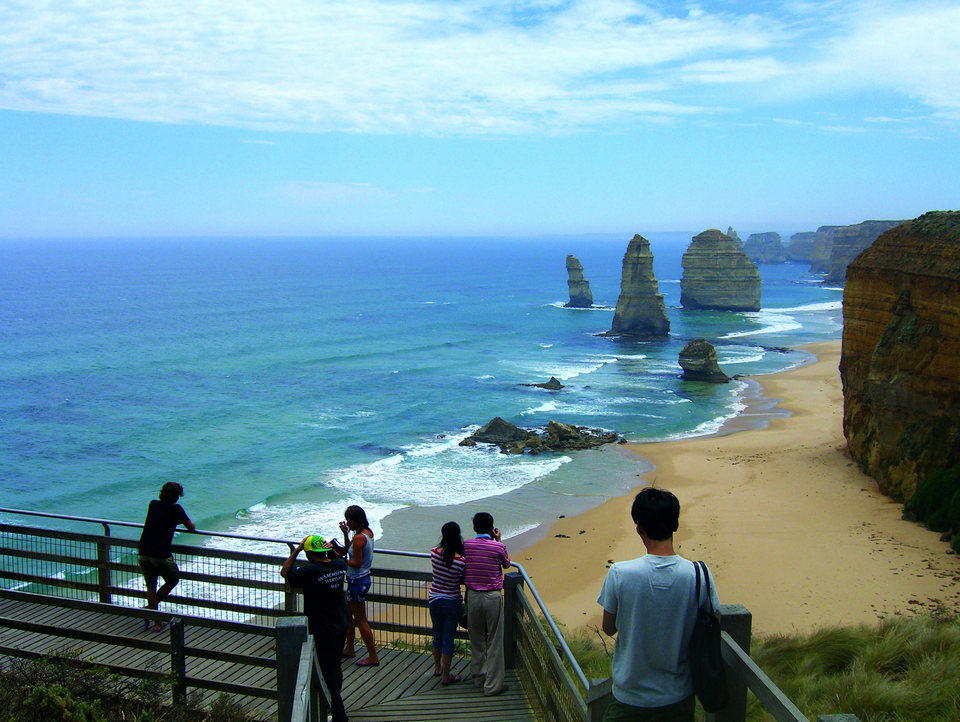
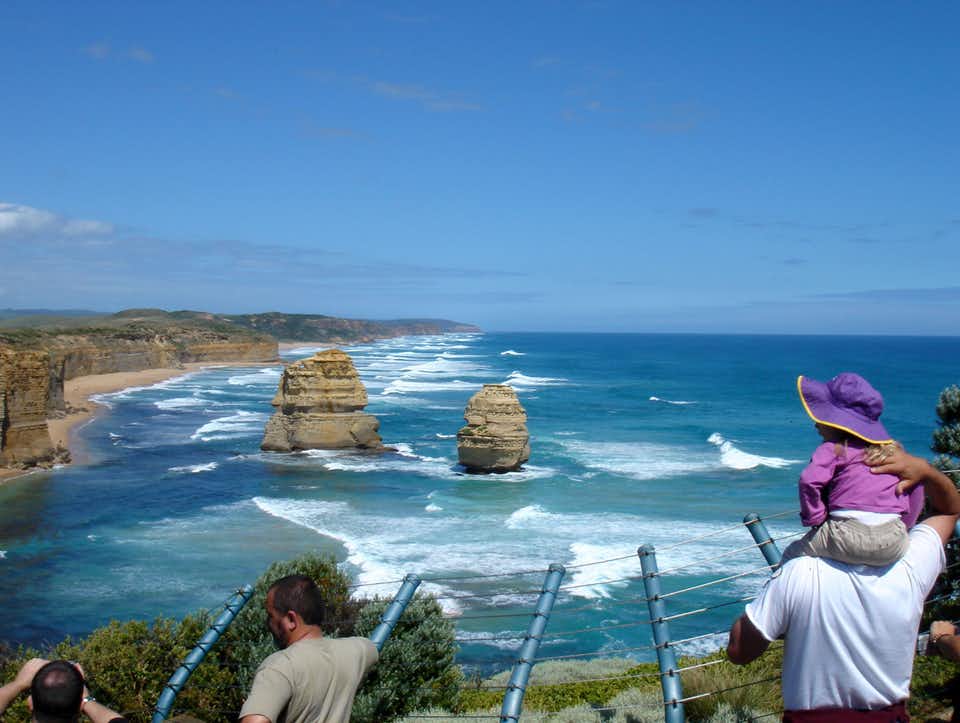
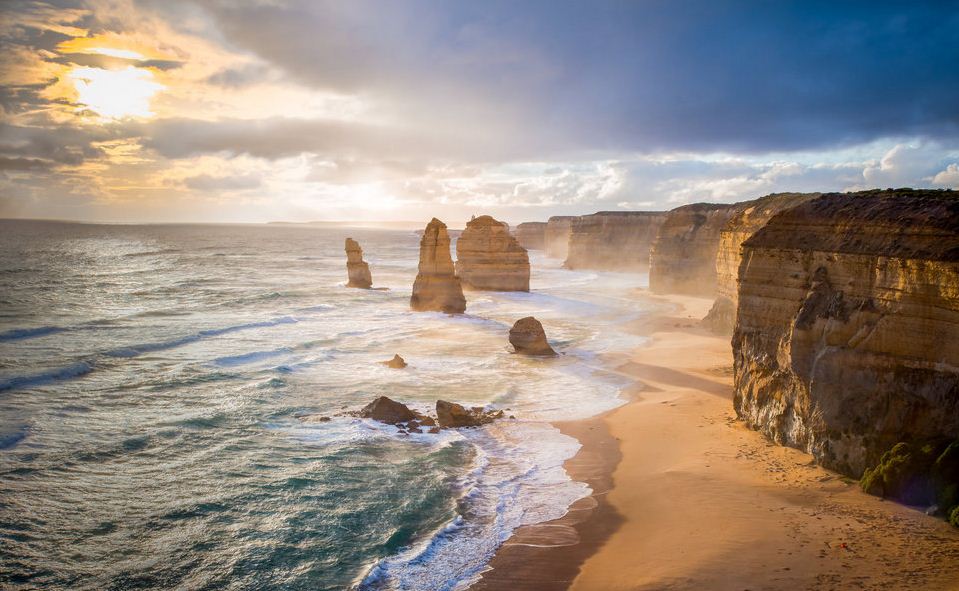
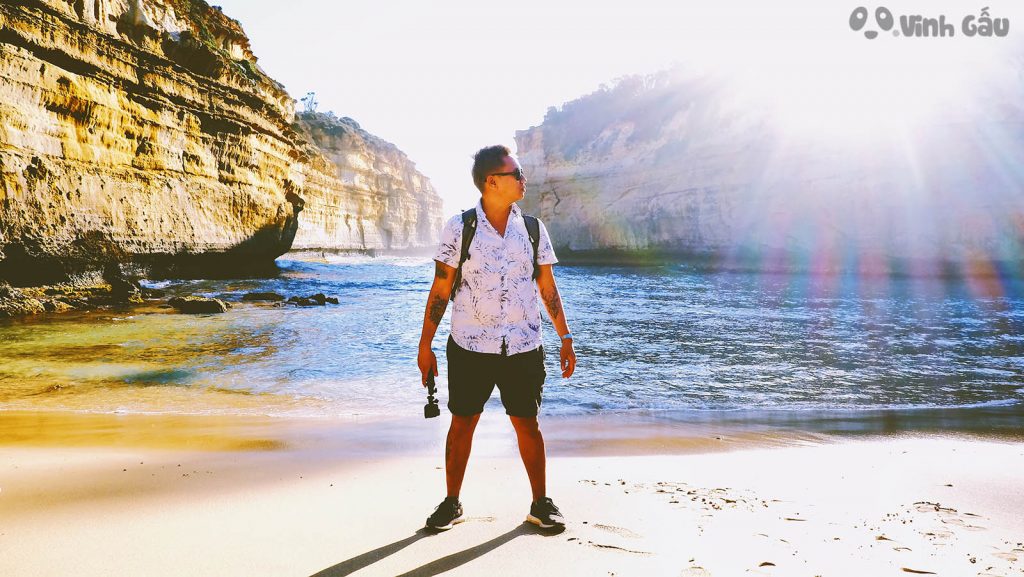
Loch Ard Gorge Beach is also part of Port Campbell National Park. Most tours have quite tight schedules to take visitors to all attractions. Therefore, there are very few places where you can actually set foot in the sea like this beach. Many unique fashion photos have chosen this place to take because of the impressive background.
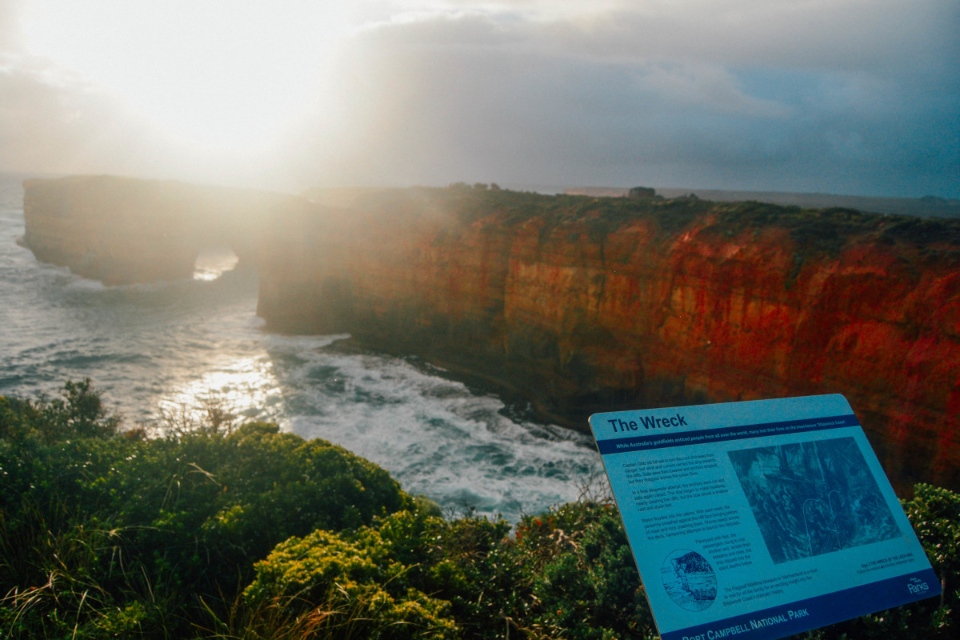
Accompanying the tragic story of that ship is a love story between Tom Pearce – a member of the ship crew and Eva Carmichael – a female passenger on the ship that day. On the night of the shipwreck, after two months at sea, the passengers and crew of the ship feasted and entertained before they arrived at Port Philip Bay the next morning, very close to their destination, Melbourne. However, that night there was dense fog in this sea area, causing the captain to lose his vision. With the impact of strong winds and tides, the ship was blown into the rocks and gradually sank. Of the 54 passengers and crew, only two survived, Tom and Eva, both only 18 years old at the time.
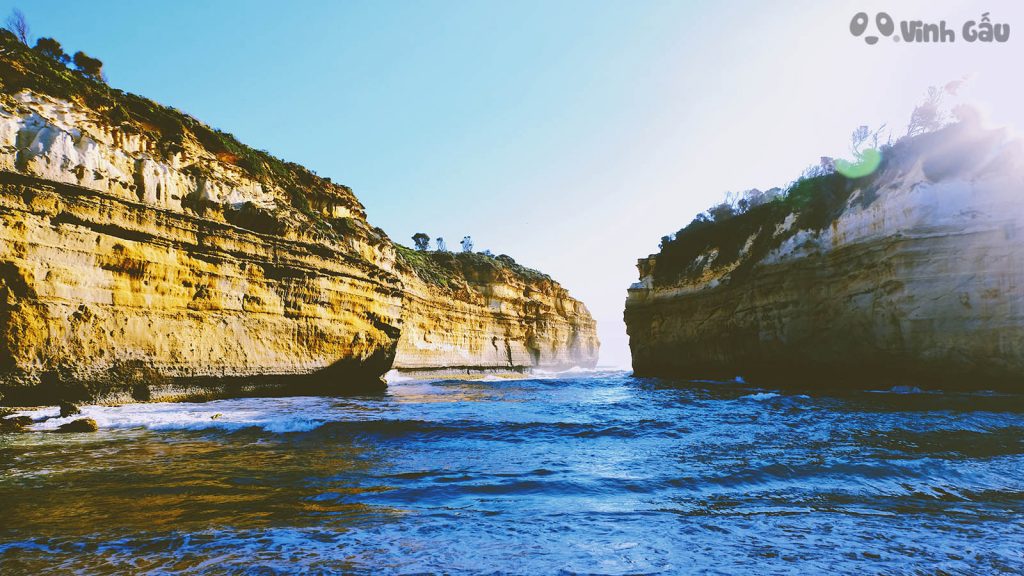
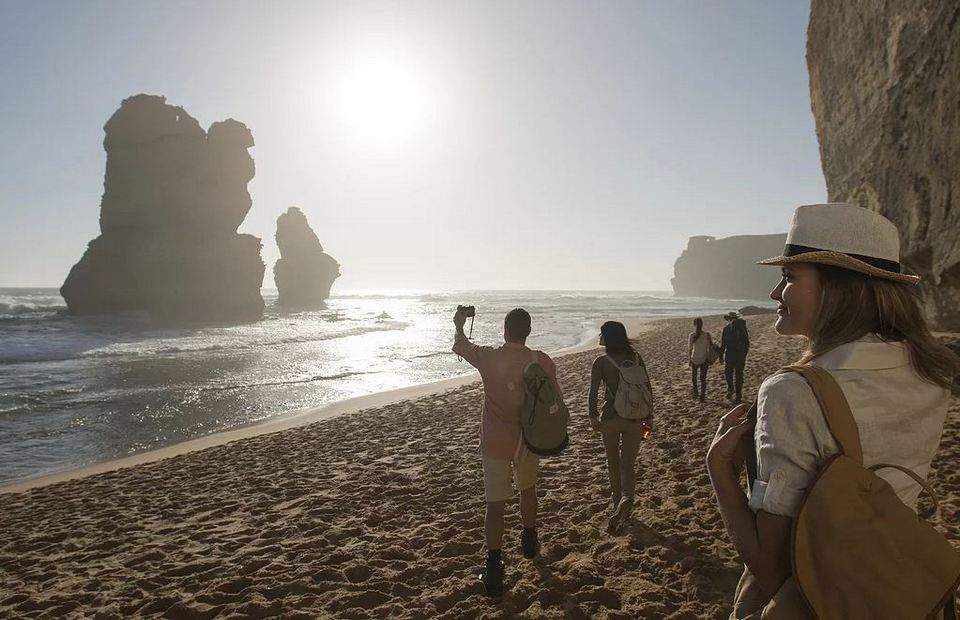
As the ship was sinking, Tom was lucky enough to hold a piece of the wreck and after five hours floating at sea, Tom drifted to shore. Tom found a cave nearby to rest. While resting, Tom heard a girl calling for help – Eva. After saving Eva, the two spent several days living in the cave until they were discovered by nearby horse herders and helped them.
After that disaster, Tom and Eva became famous throughout Australia, and people began to discuss and exaggerate their love story. However, Eva thought that Australia was a bad country after what she had experienced and witnessed, so she packed her bags and returned to Ireland, living a happy life with her three children until she was 78 year old. As for Tom, he still had a love for the sea and became a captain until he died at the age of 49.
“Save the best for last” – the most beautiful things are often left for last. This saying seems to be true for today’s journey to explore the Great Ocean Road because the next destination I went to was the Twelve Apostles landscape in the Port Campbell National Park area, which is considered the most beautiful place on this route.
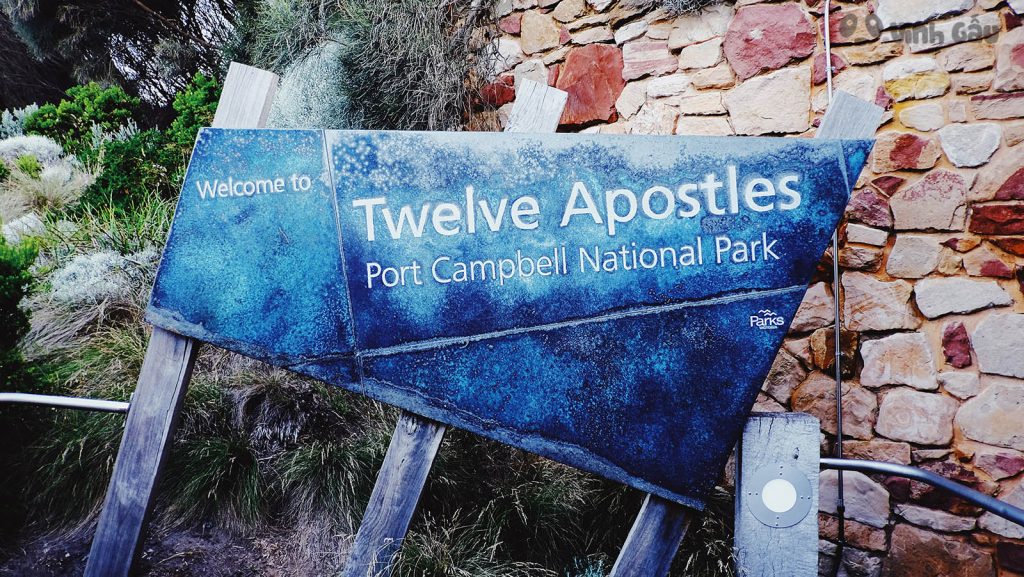
The Twelve Apostles is the name of a cluster of limestone rocks out at sea that the first people to visit the area renamed after the 12 Apostles of Jesus. No one or any document is certain about the number 12 rocks as in its name because when you come to see it in person, you will never be able to count exactly 12 limestone rocks. But most recently, in 2015, one of these limestone rocks was eroded by ocean waves and collapsed. And this rock is considered the tallest rock in the world and is the symbol of Victoria state.
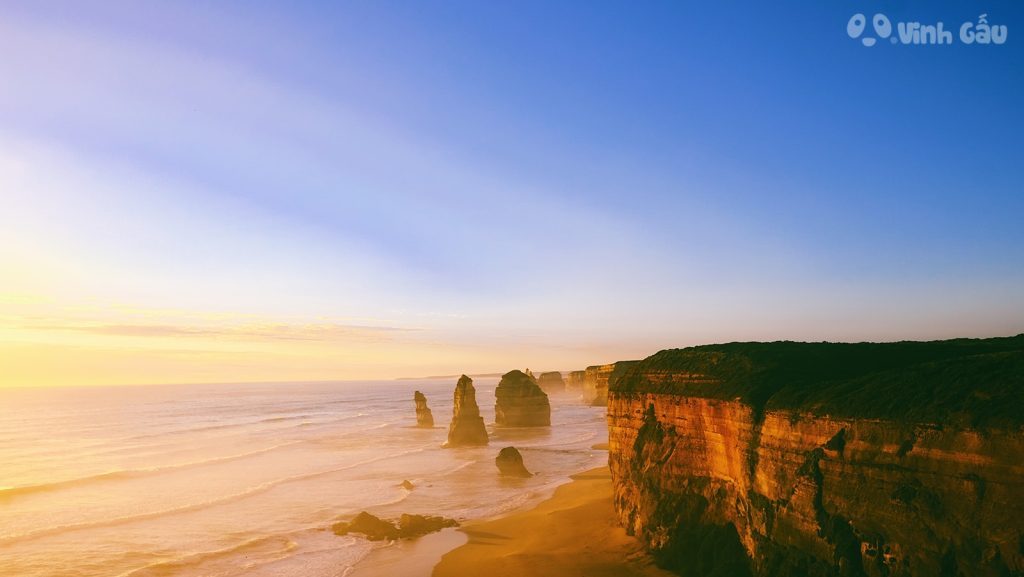
The current number of “apostles” is only about nine and they do not know when they will “return to heaven” because it depends on how the waves will erode them. If you have a trip to Melbourne and want to roam the Great Ocean Road, don’t hesitate to go a little further to see with your own eyes the beauty that Mother Nature has bestowed on this place, especially the Twelve Apostles.
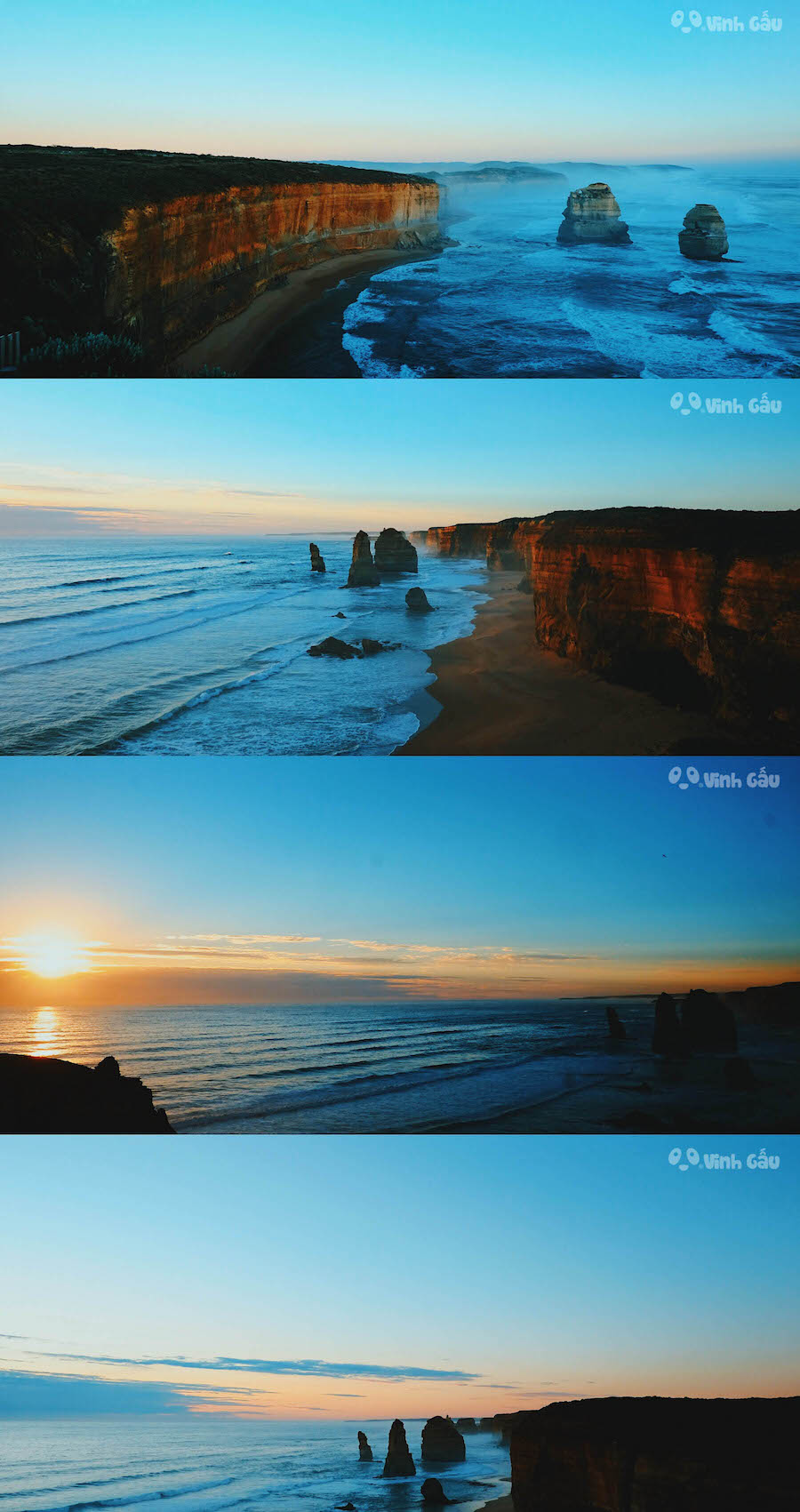
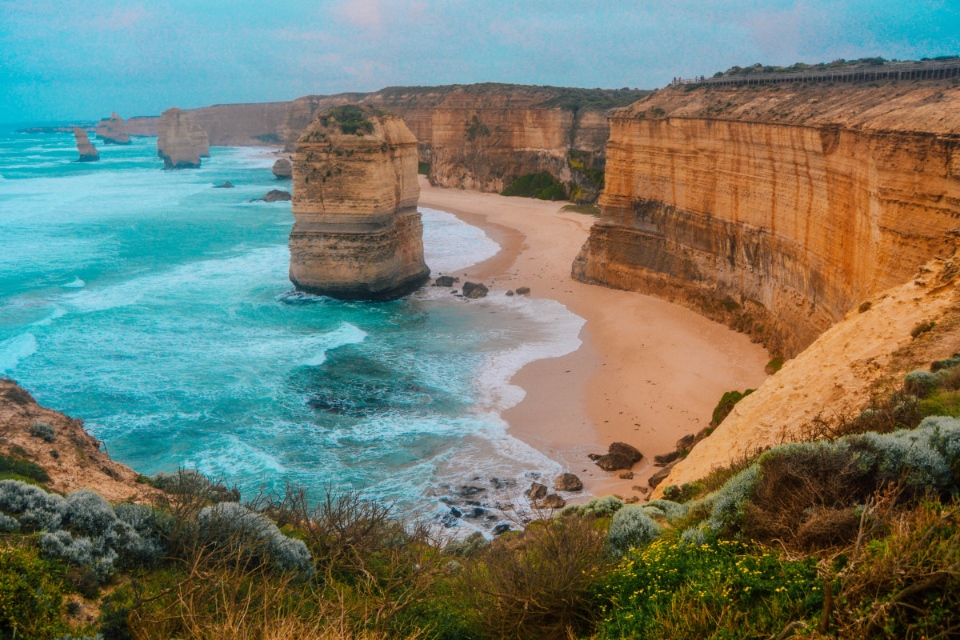
When the light of day gradually fades, the stream of people from the Twelve Apostles scenic spot returns to the parking lot not far away to return to Melbourne city. I believe they will always tell their friends that “Coming to Melbourne without going to the Great Ocean Road and Twelve Apostles would be a huge mistake” – just like me.
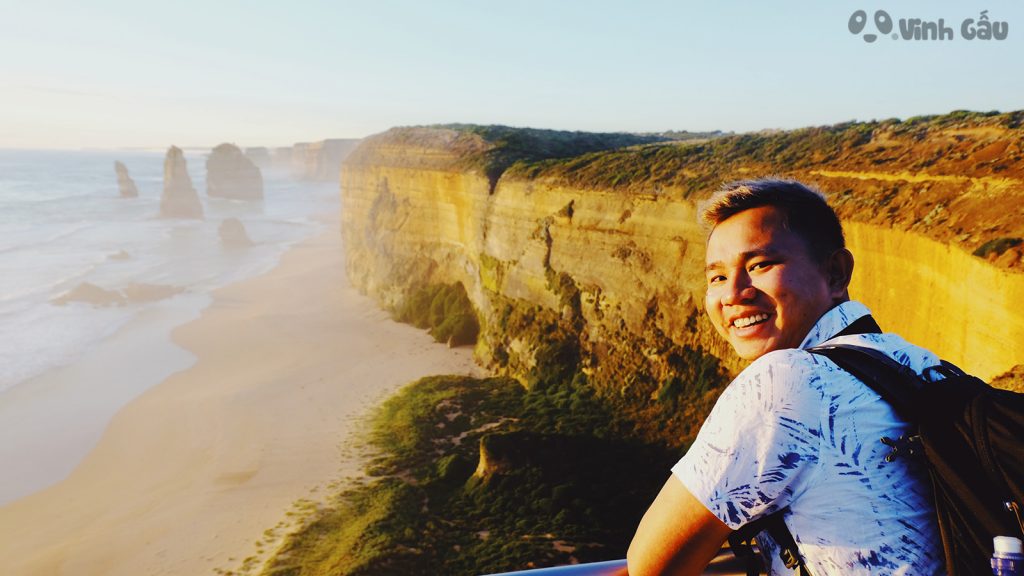
To come here, you can choose one of two tours: day tour and sunset tour. The schedule changes a few times, like with the sunset tour, you will start later, around 10-11am and end at 11pm. The tour operator will time visitors to visit the most famous spots on the route right at sunset.
Great Ocean Road Sunset Tour from Melbourne
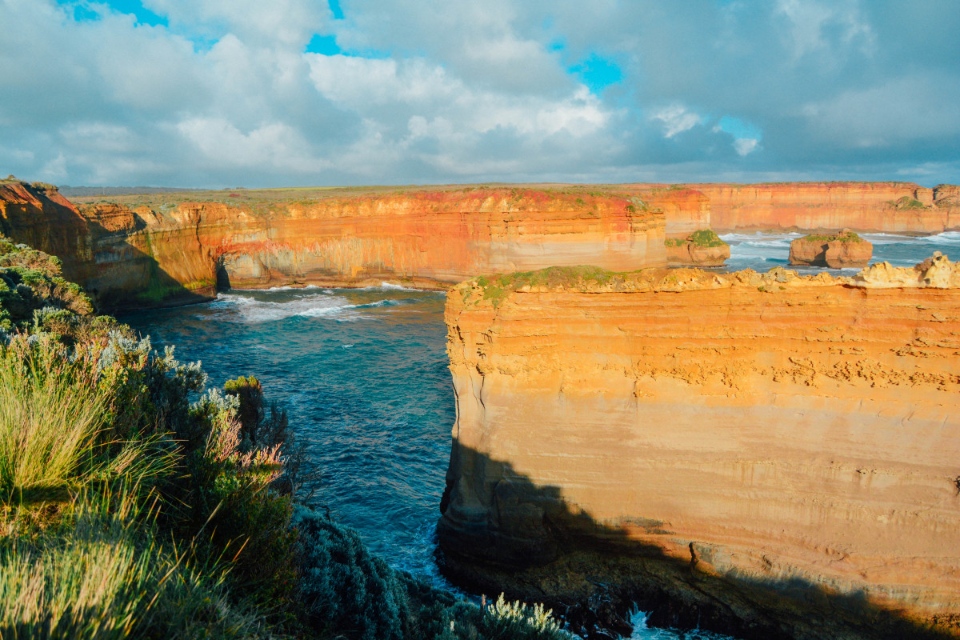

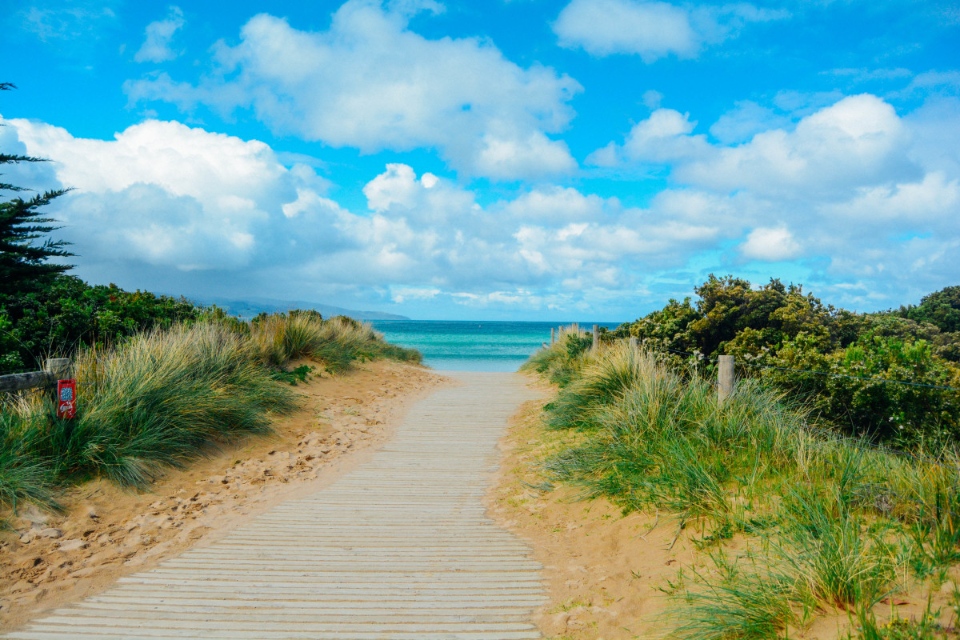
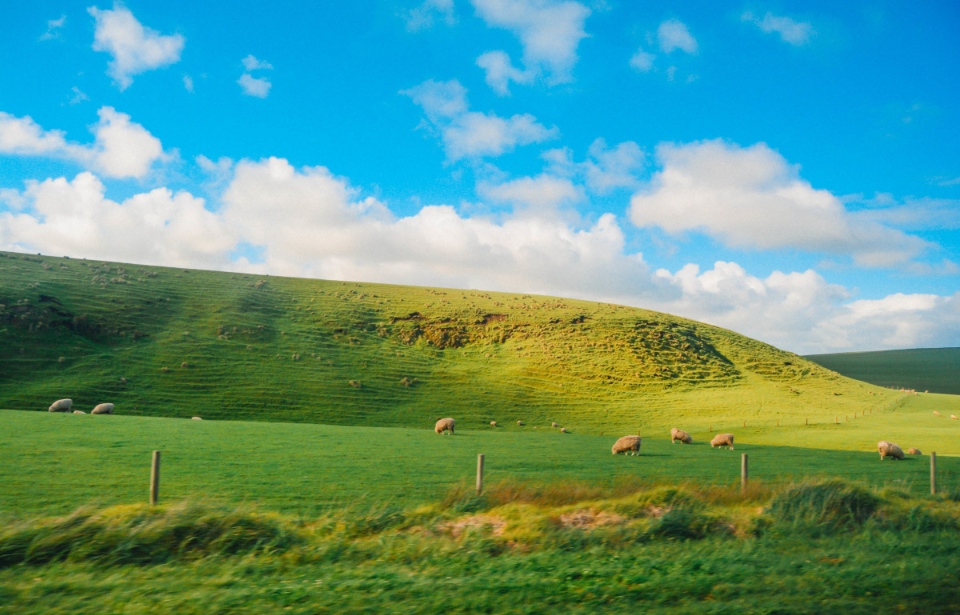
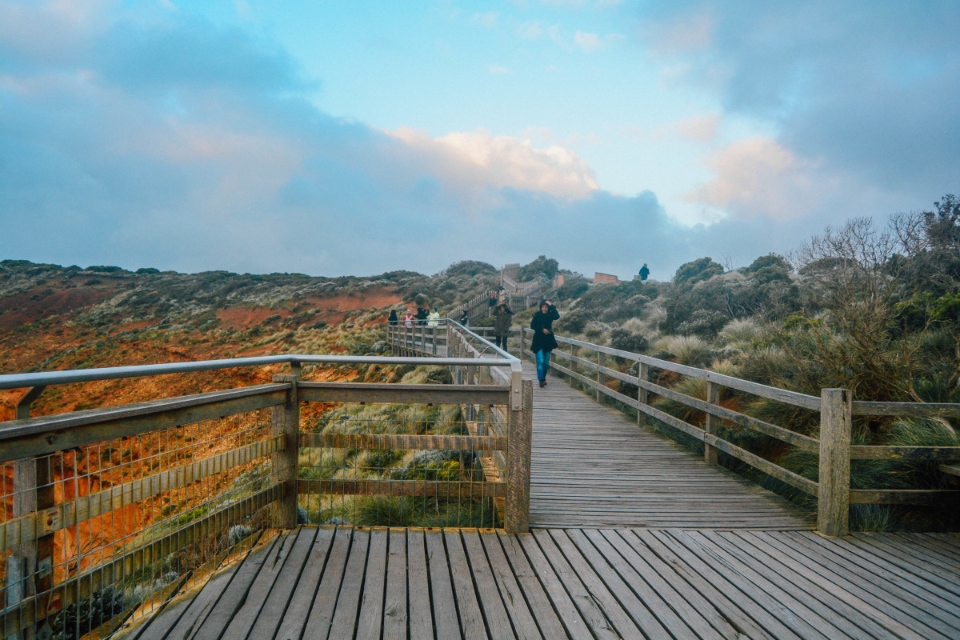
Great Ocean Road Sunset Tour from Melbourne
Sitting in the car and remembering what I saw and experienced today, I recognized that the Great Ocean Road was truly a great project of the Australian government when it helped veterans find jobs after World War I. Most importantly, it helps the coastal towns that the road passes through to be clearly developed and helps the world know how Mother Nature has favored Australia with beautiful natural landscapes.
Some best day tours, trips, activities and transfer services, tickets in and from Melbourne you can refer to
- Melbourne Tullamarine Airport (MEL) Express Transfers by SkyBus
- Shared Melbourne Airport Transfers (MEL) for Melbourne
- Private Melbourne Airport (MEL) Transfers for Melbourne
- Avalon Airport (AVV) Express Transfer by SkyBus for Melbourne City
- Private Melbourne Airport (MEL) Transfers for Melbourne CBD
- Private Avalon Airport (AVV) Transfers for Melbourne
- Great Ocean Road Day Tour: 12 Apostles, The Loch Ard Gorge and More
- Morning City Sights Half Day Tour
- Melbourne Morning City Sightseeing Tour
- Great Ocean Road and Twelve Apostles Day Tour from Melbourne
- Grampians National Park Day Tour from Melbourne
- iVenture Melbourne Unlimited Attractions Pass
- Melbourne City Sightseeing
- iVenture Melbourne Flexi Attractions Pass
- Greyhound Australia Hop On Hop Off Bus Pass from Melbourne (3 Months)
Are you looking for more top things to do in Melbourne : Tours, activities, attractions and other things? Read more: 1 day in Melbourne — How to spend 24 hours in Melbourne & Explore the best of Melbourne in a day perfectly? And Melbourne blog — The fullest Melbourne travel guide blog for a budget trip to Melbourne for the first-timers.

